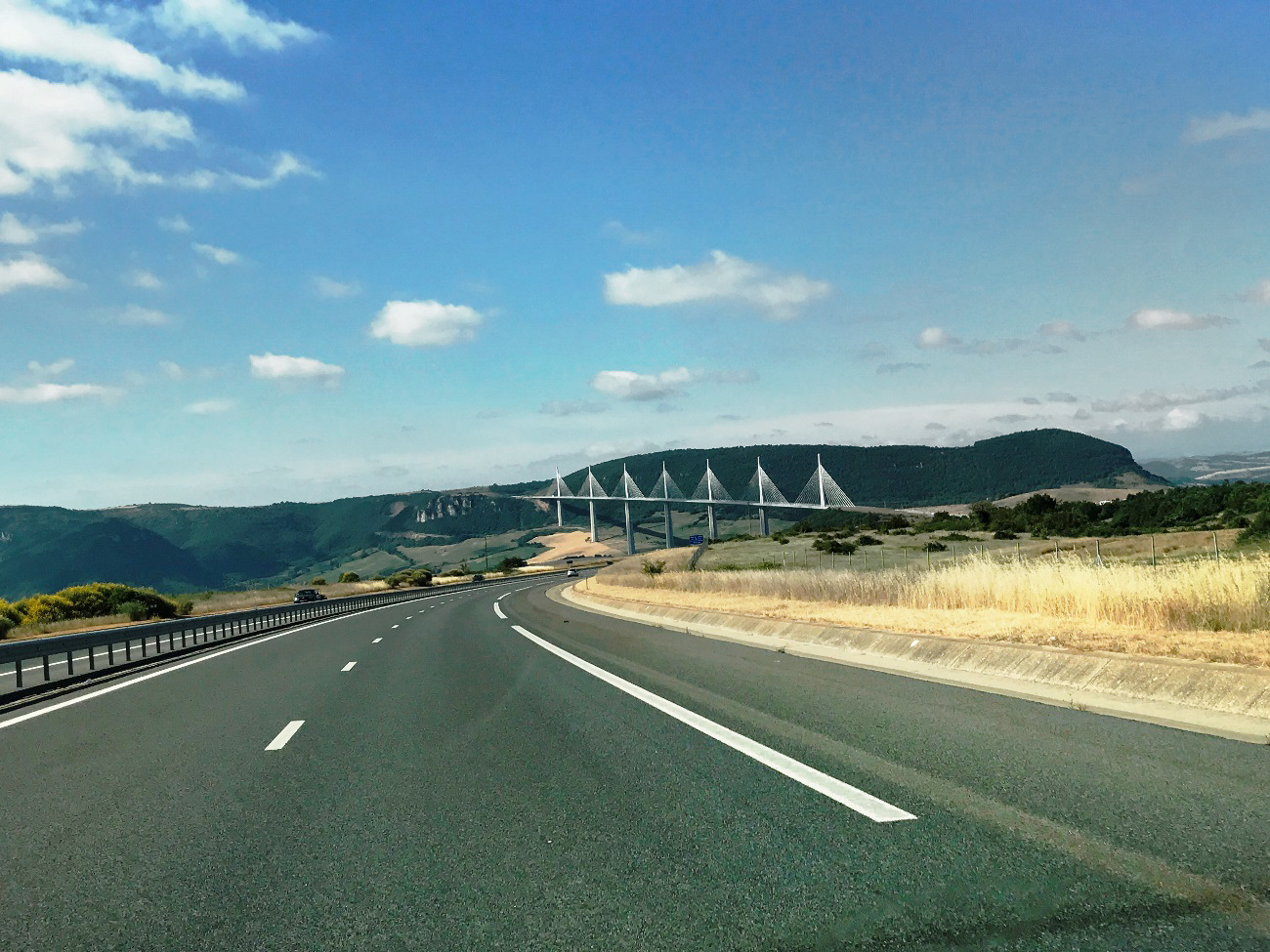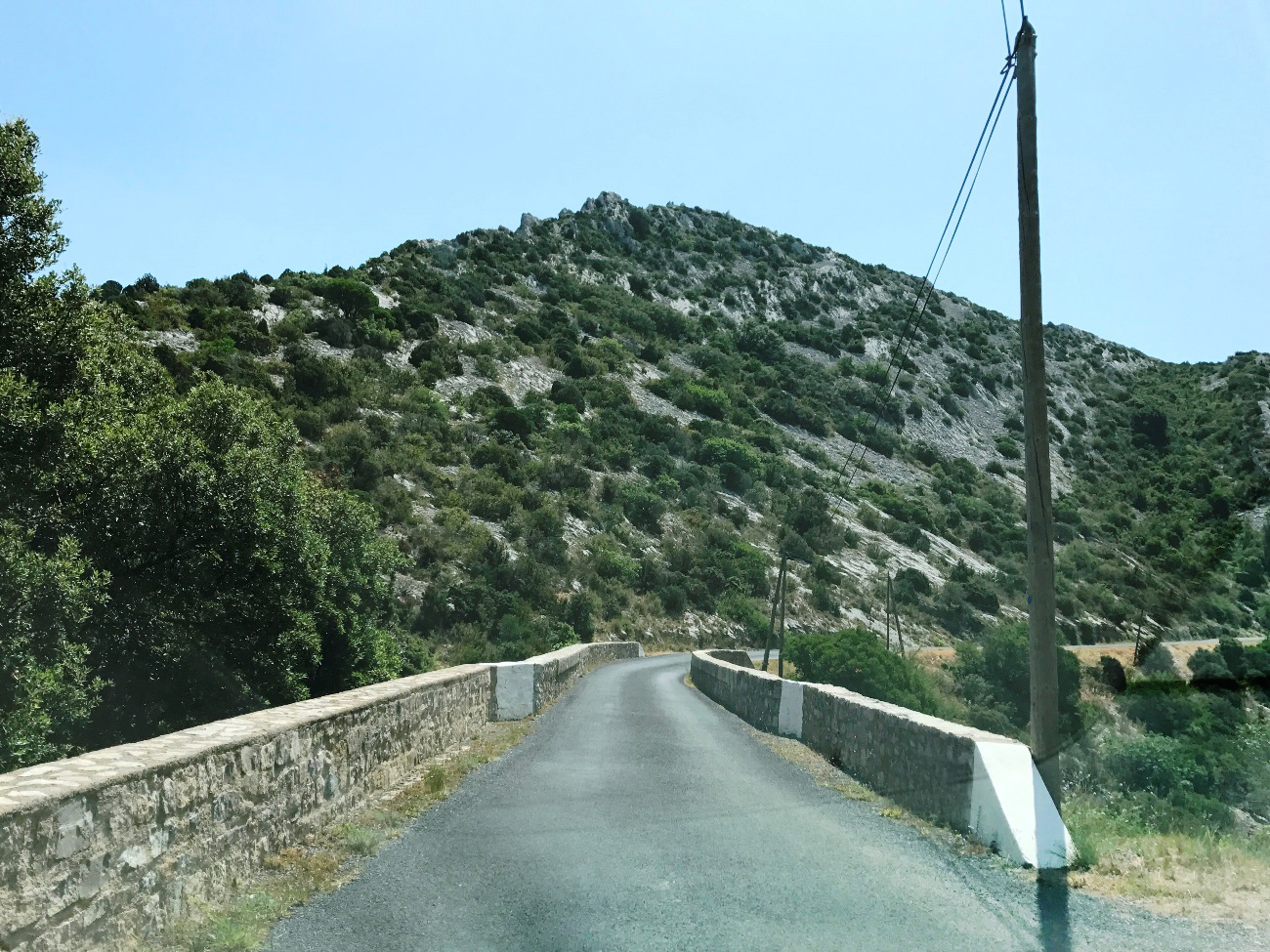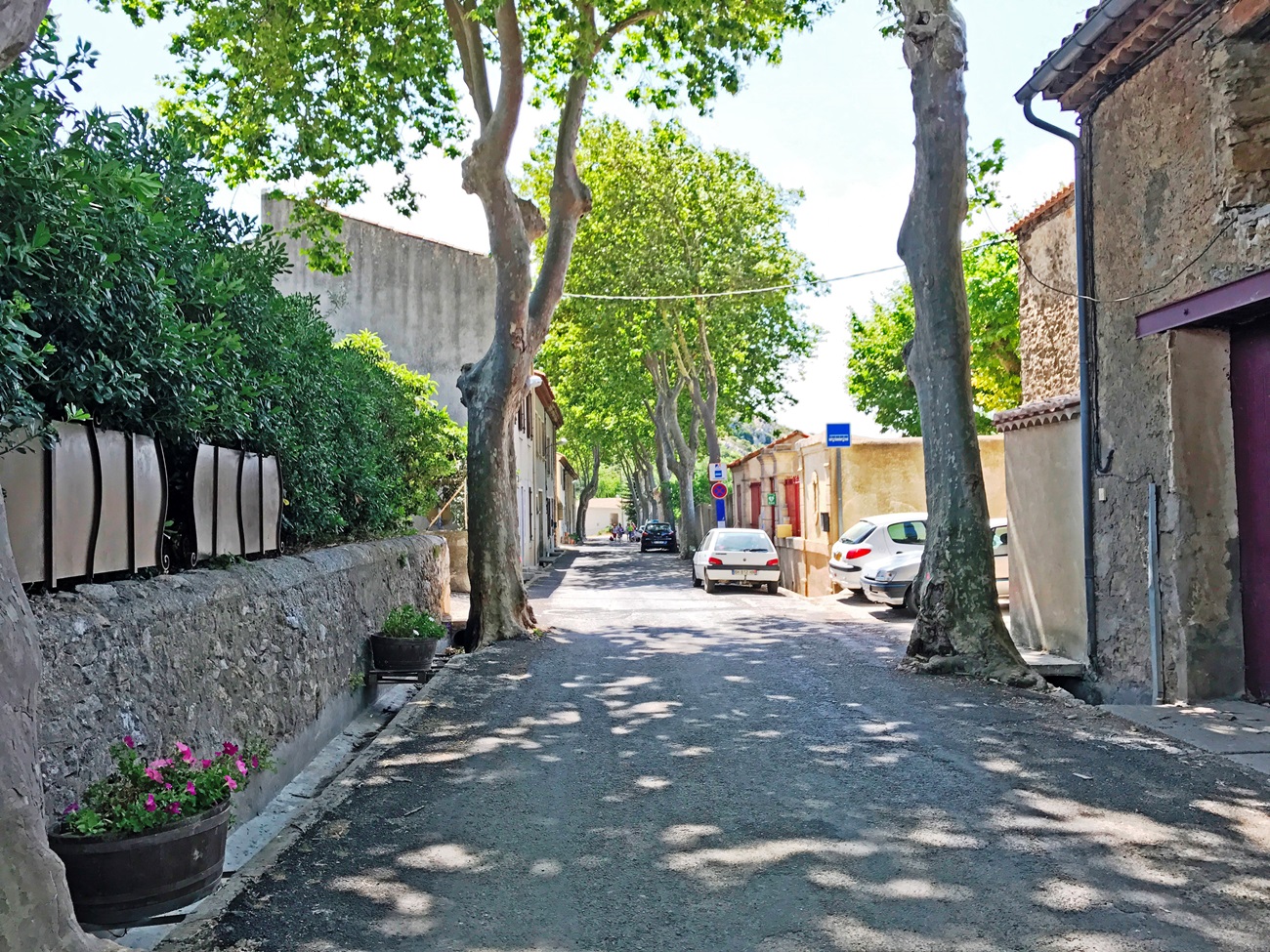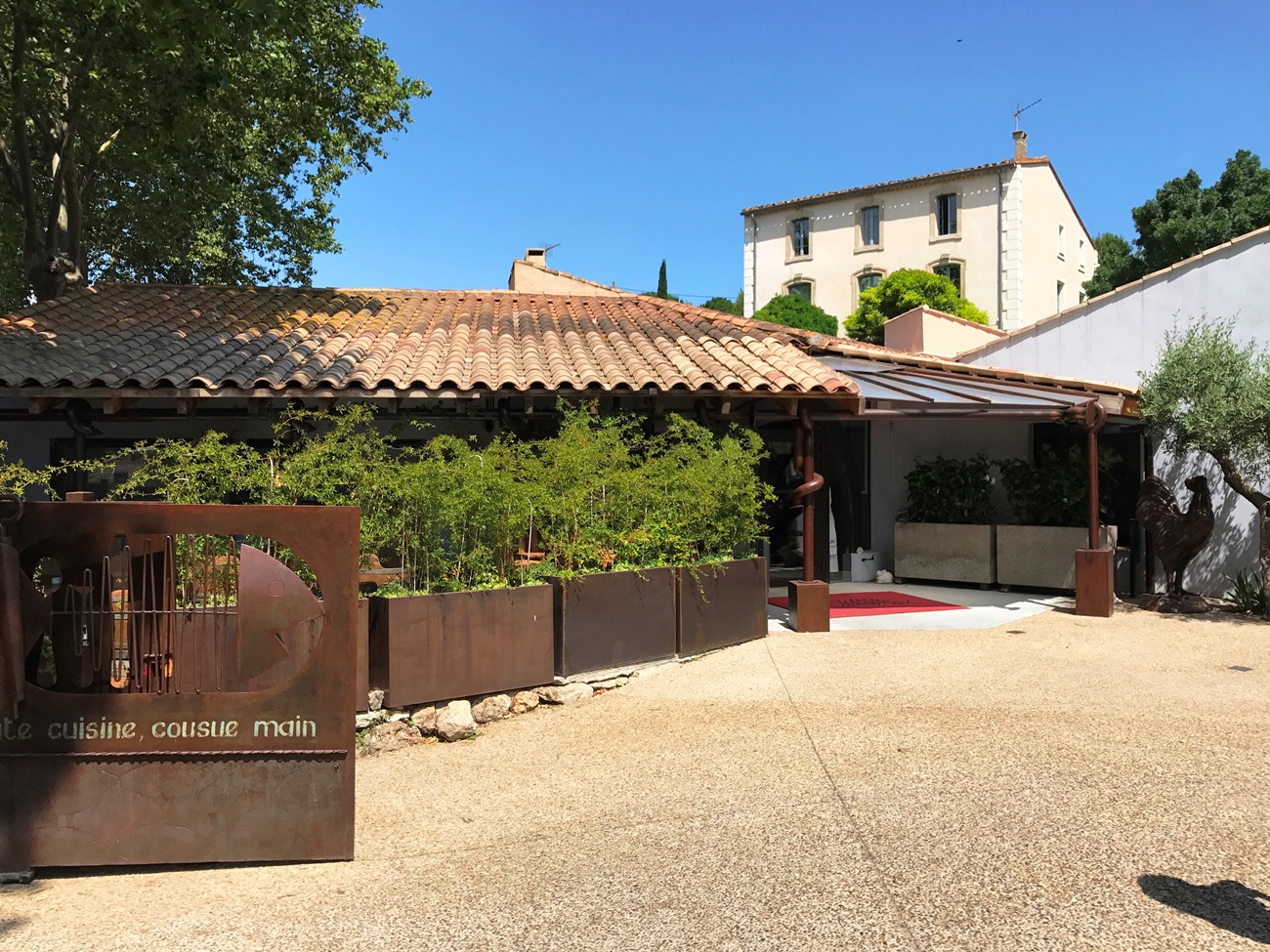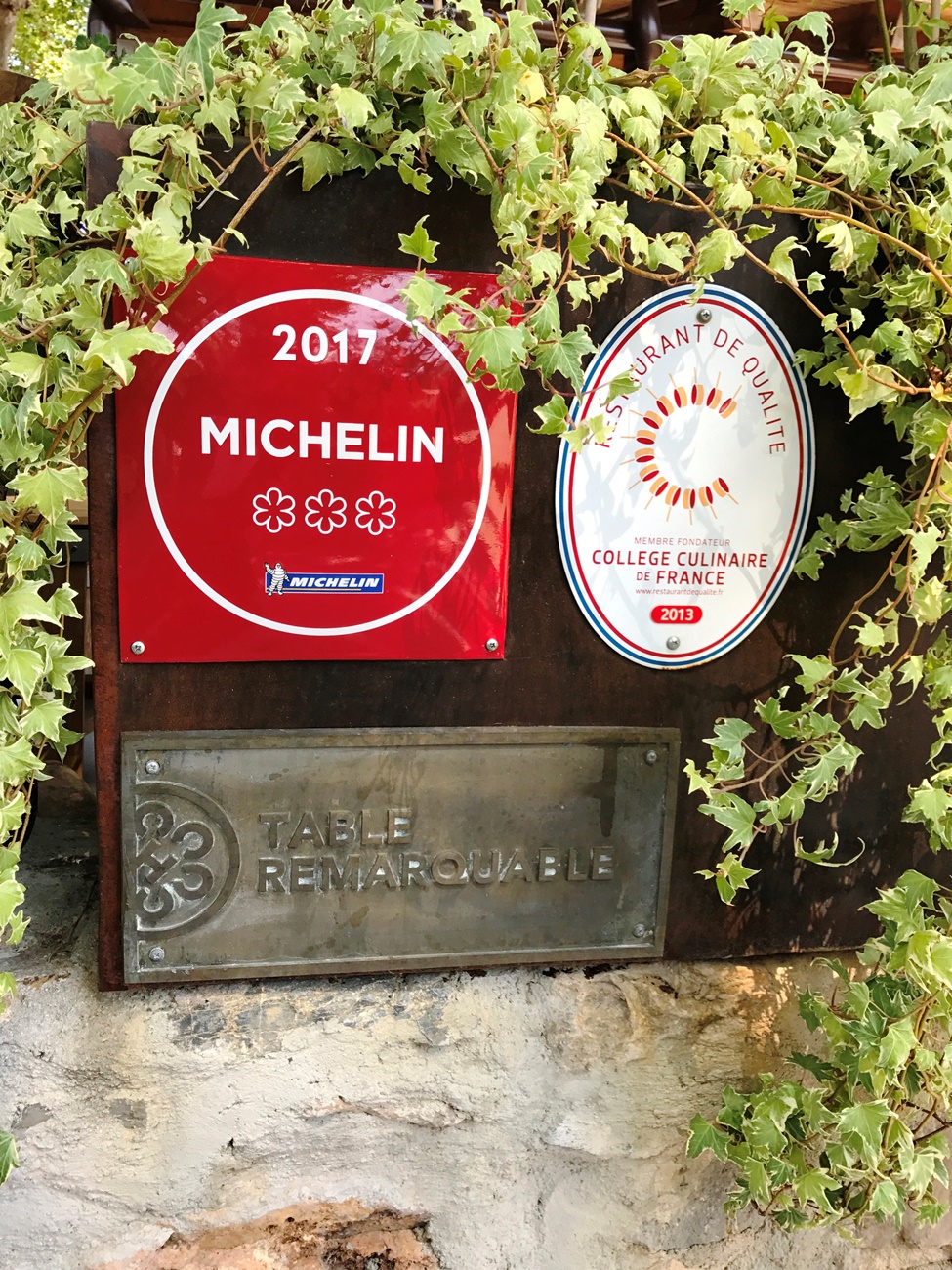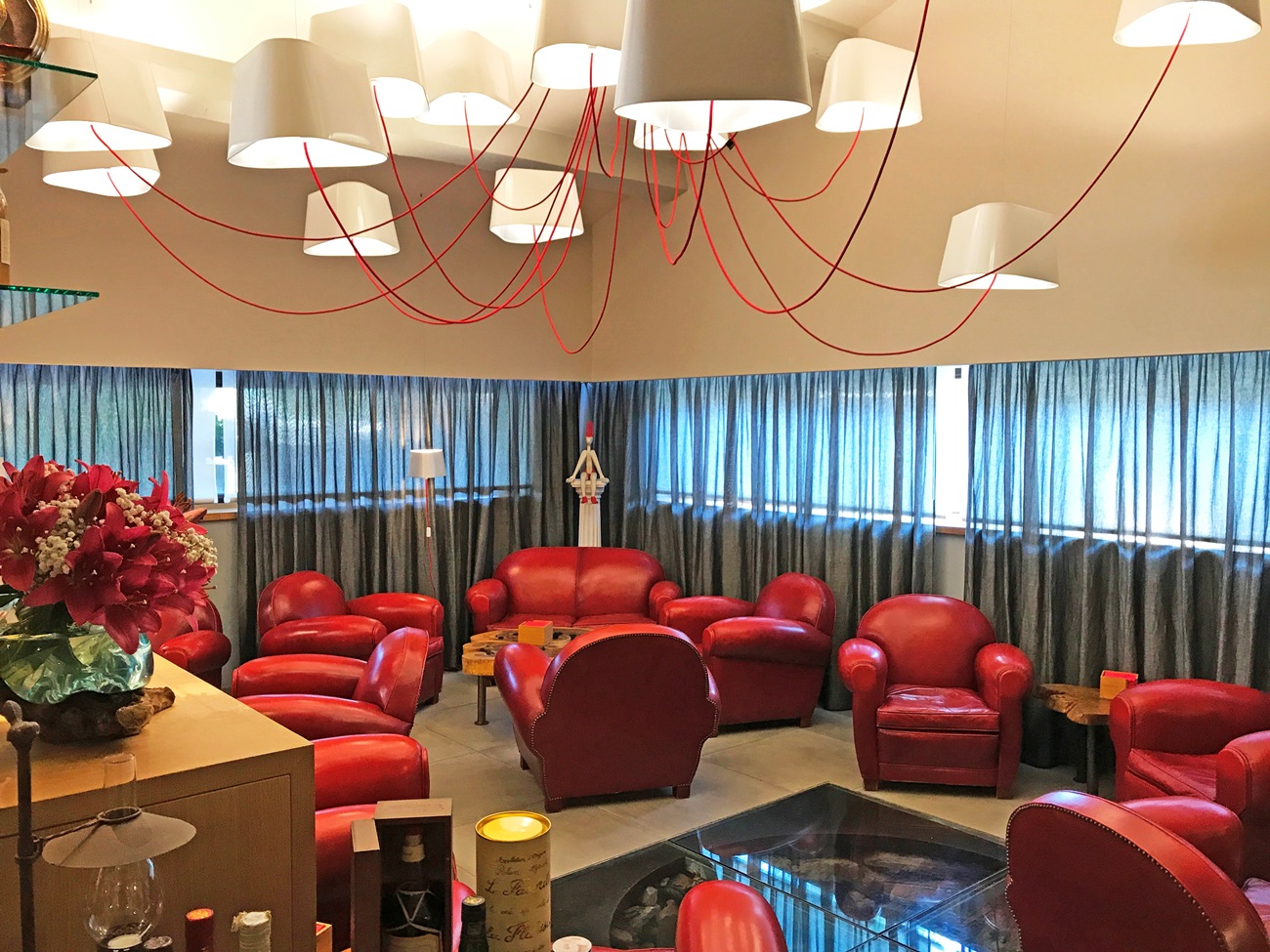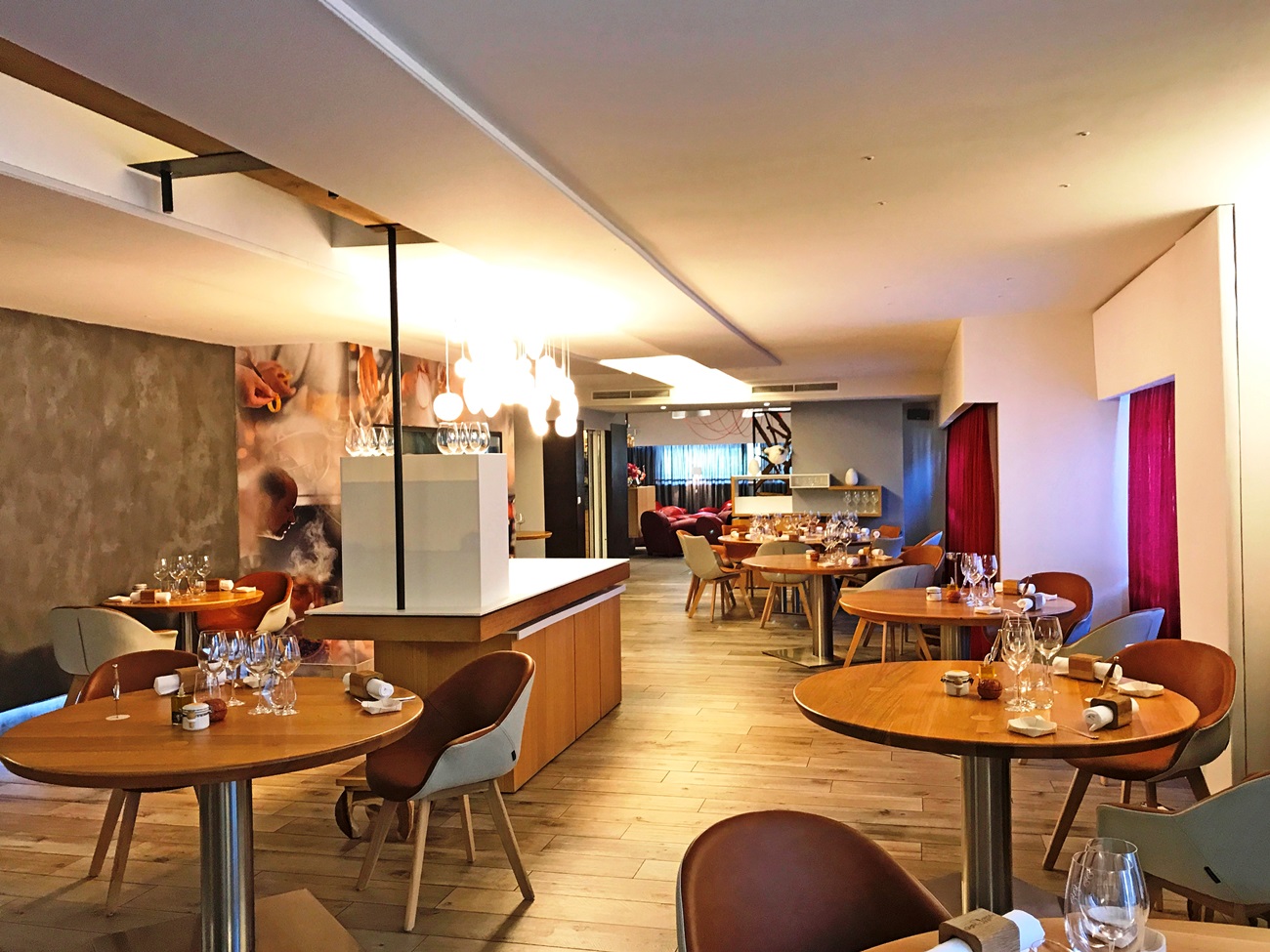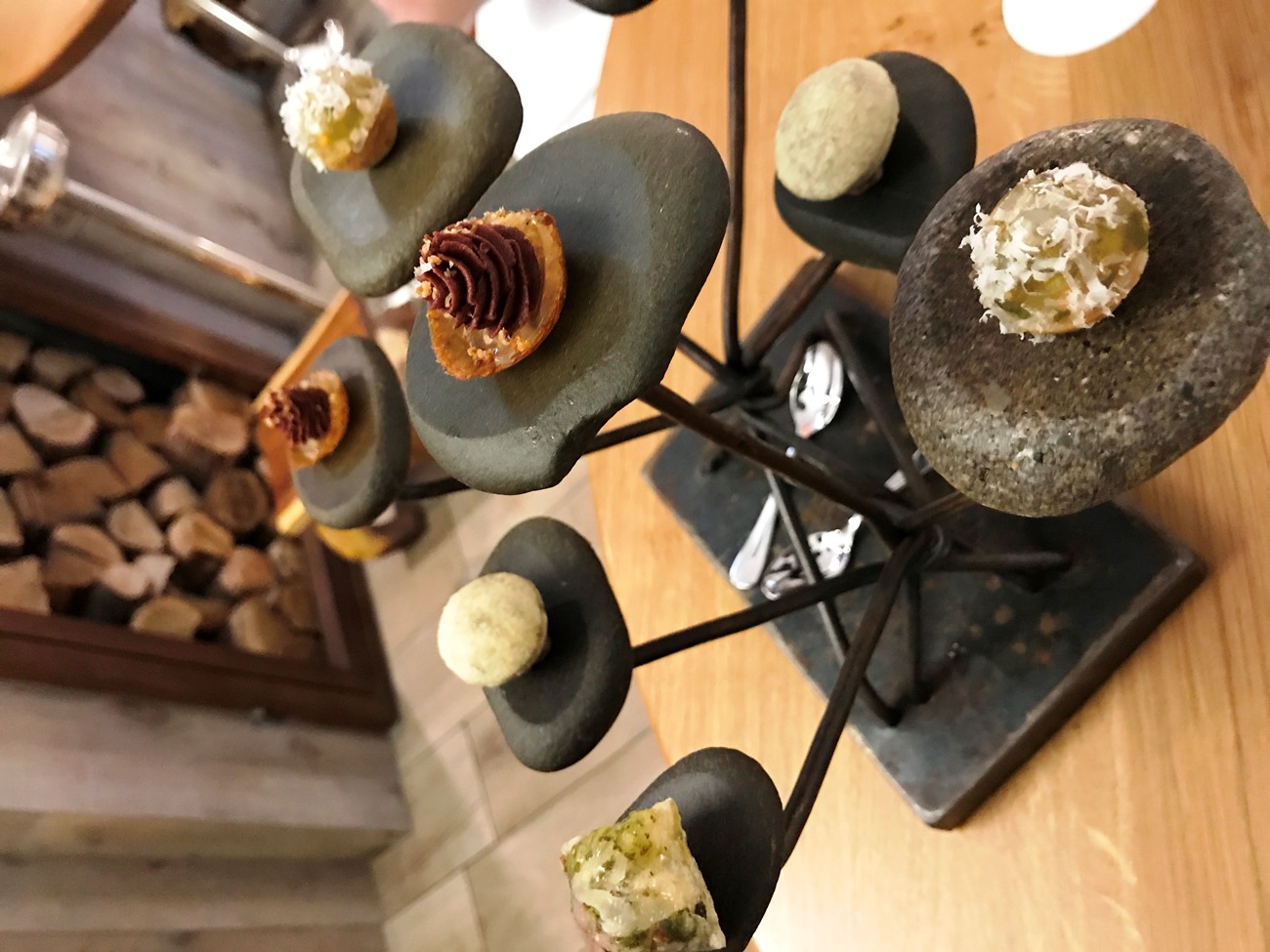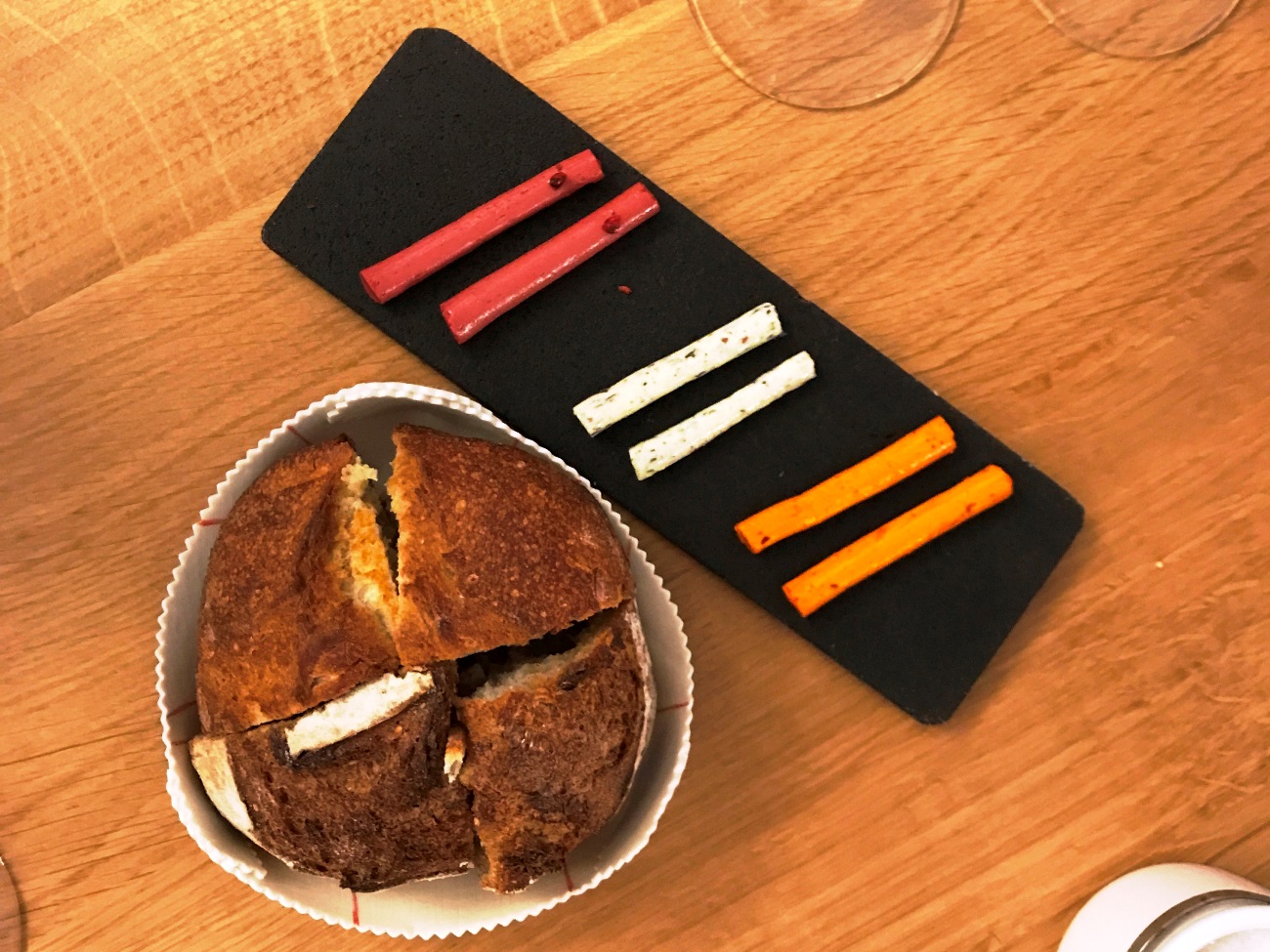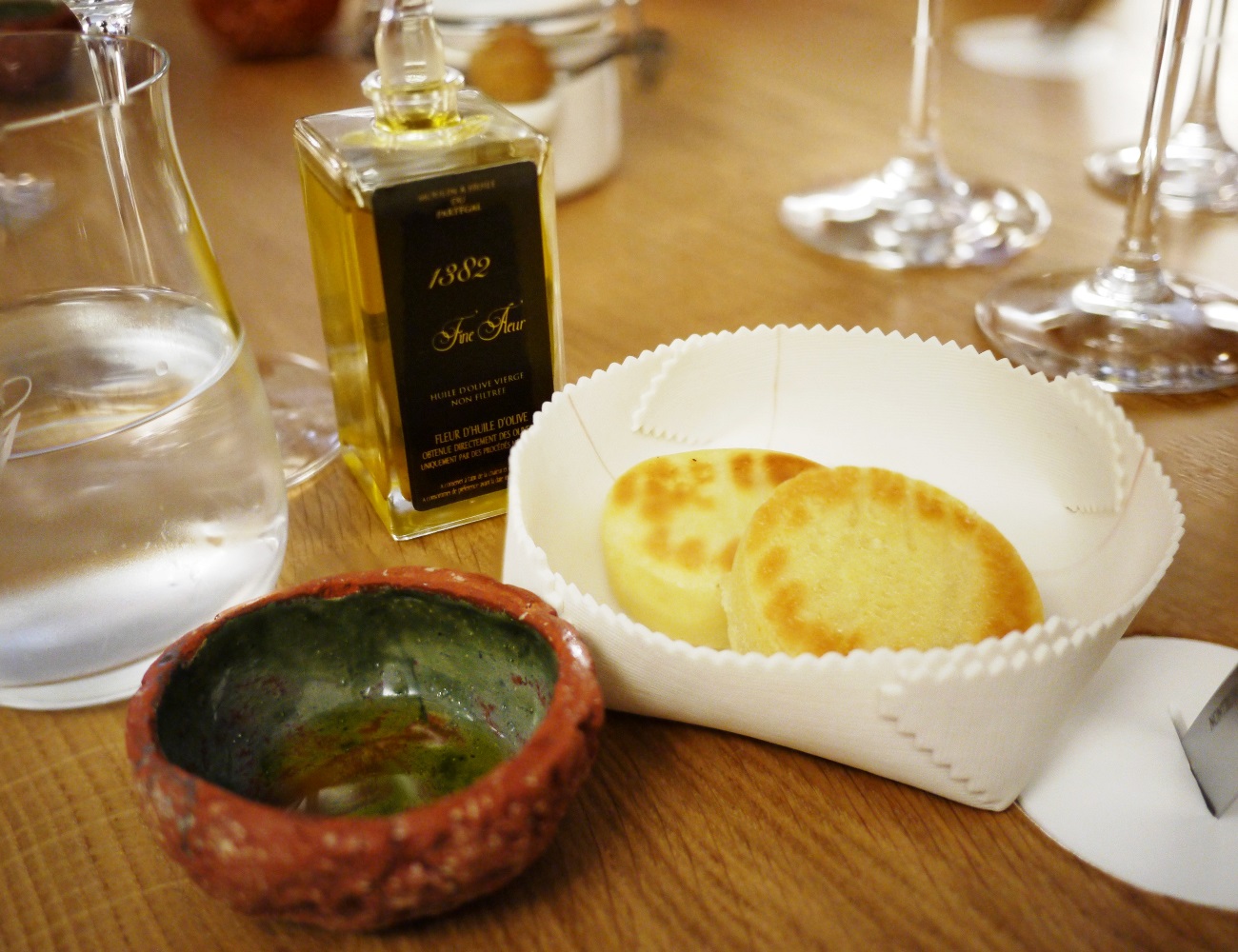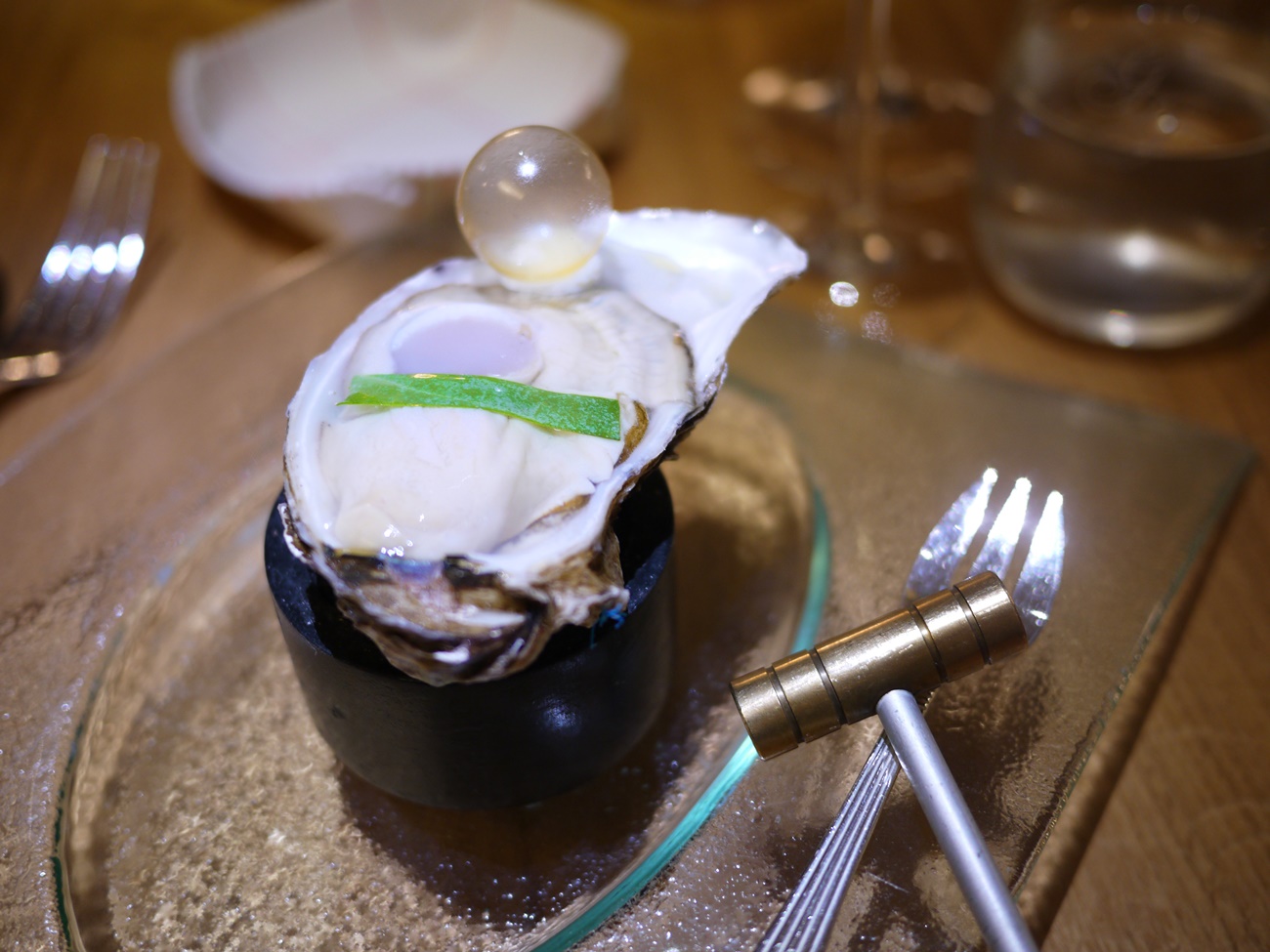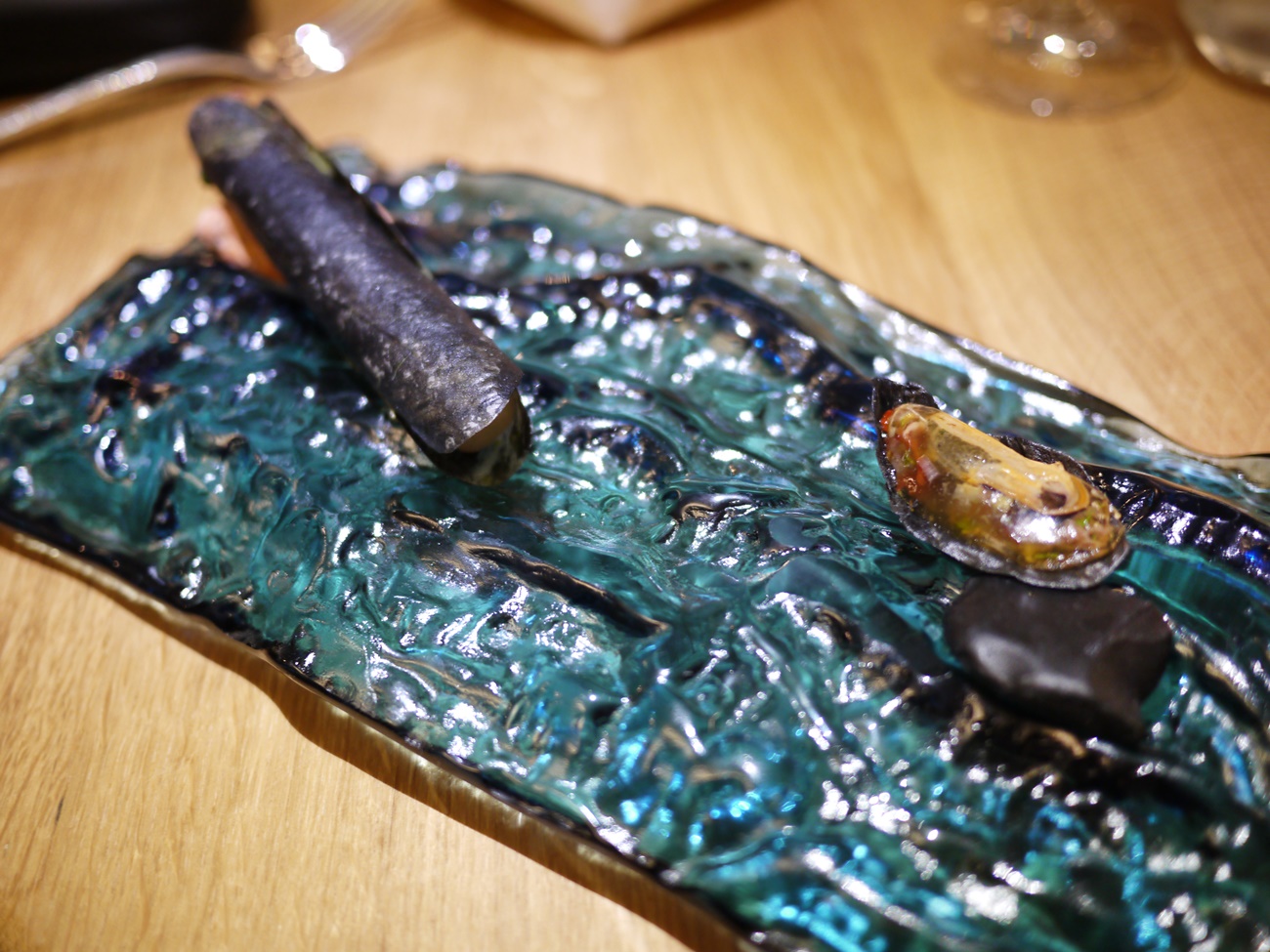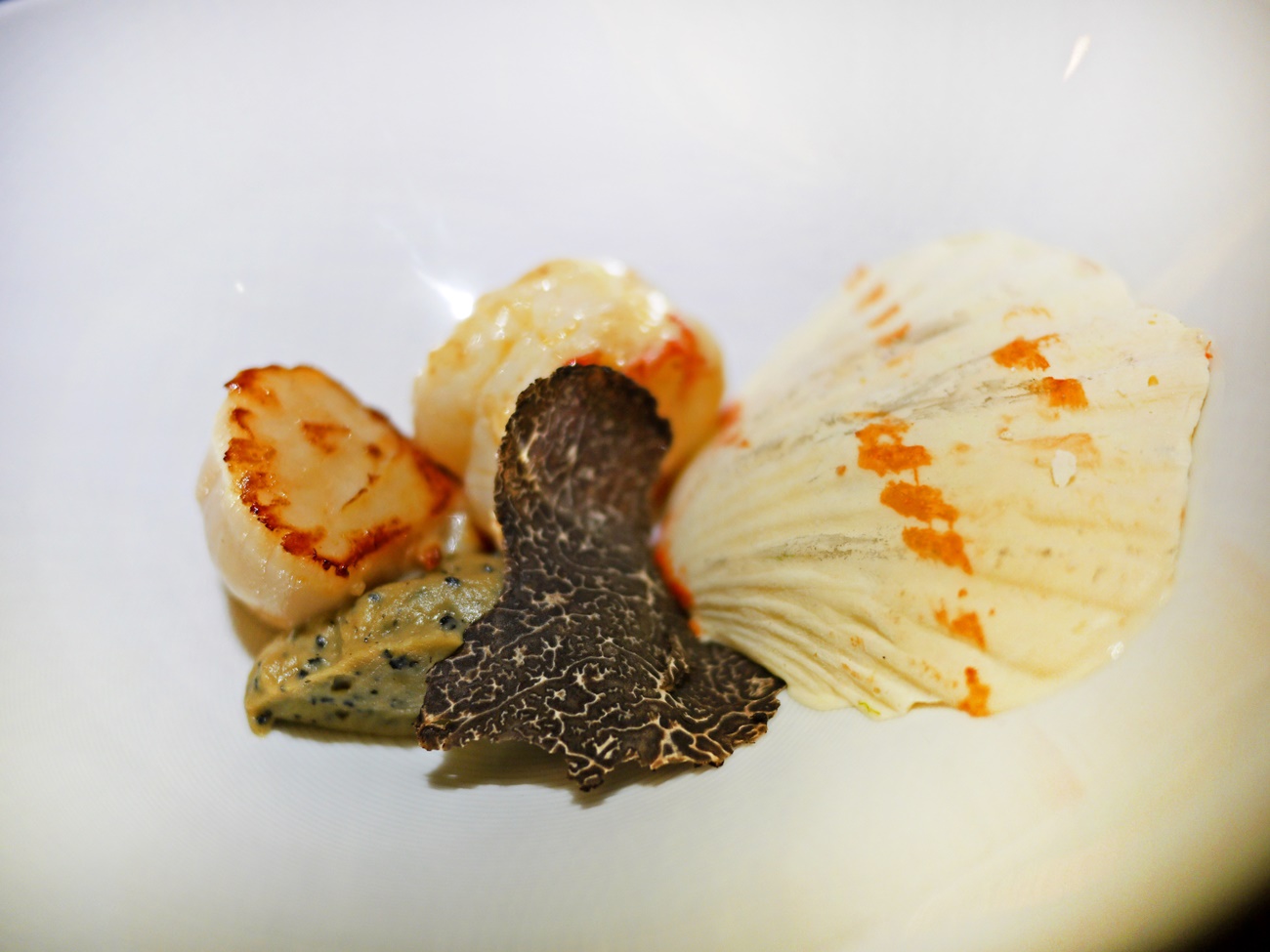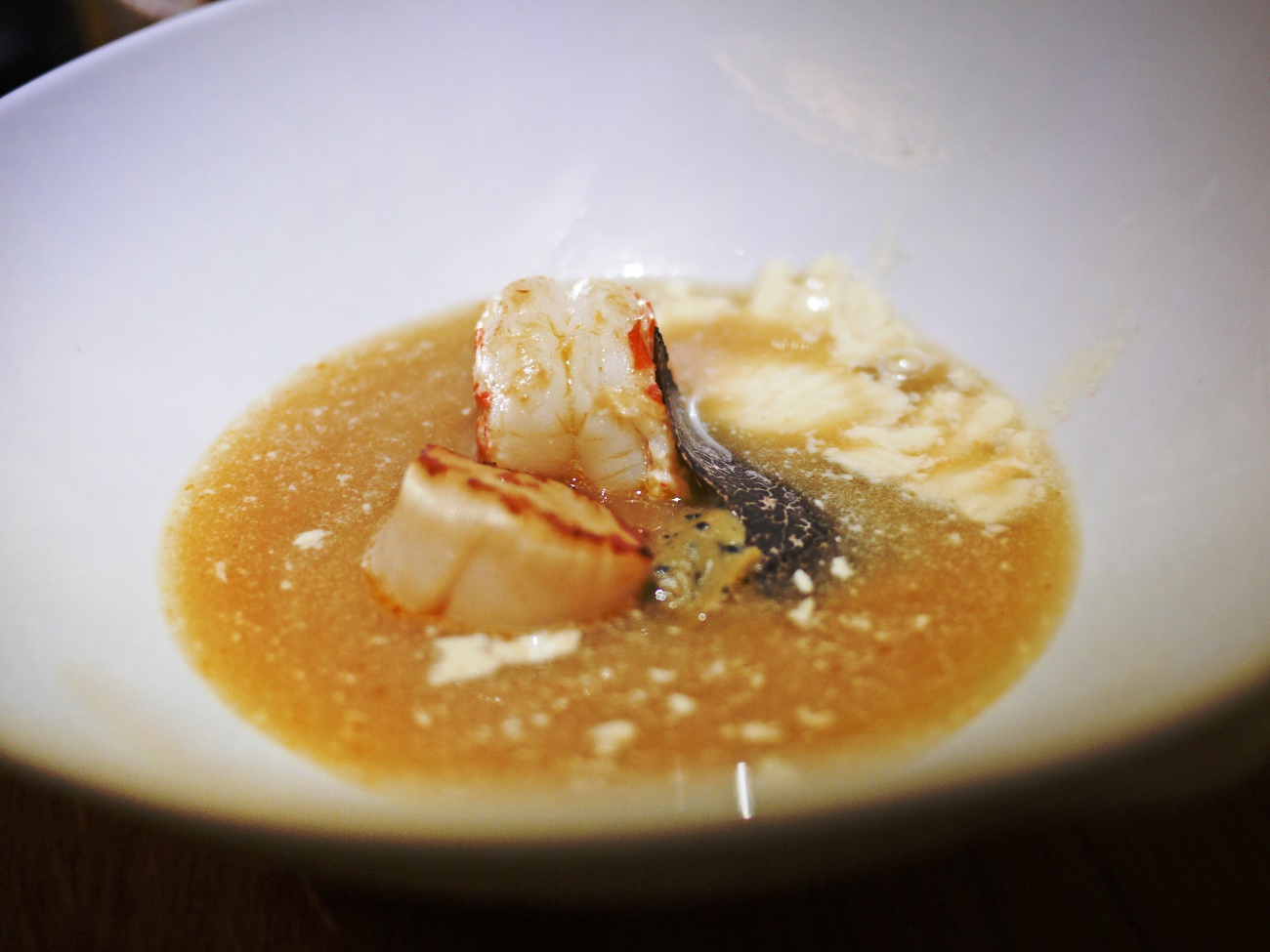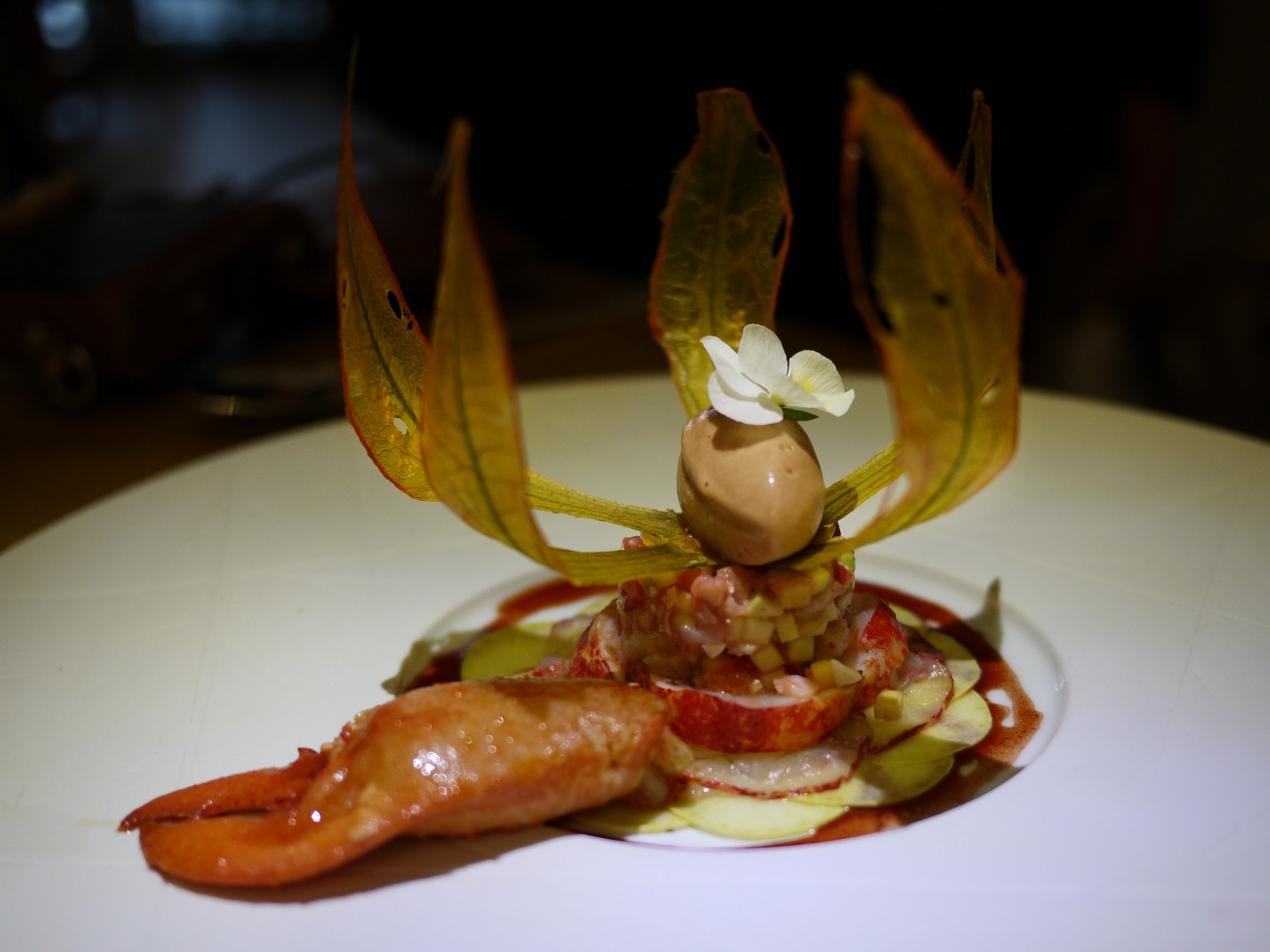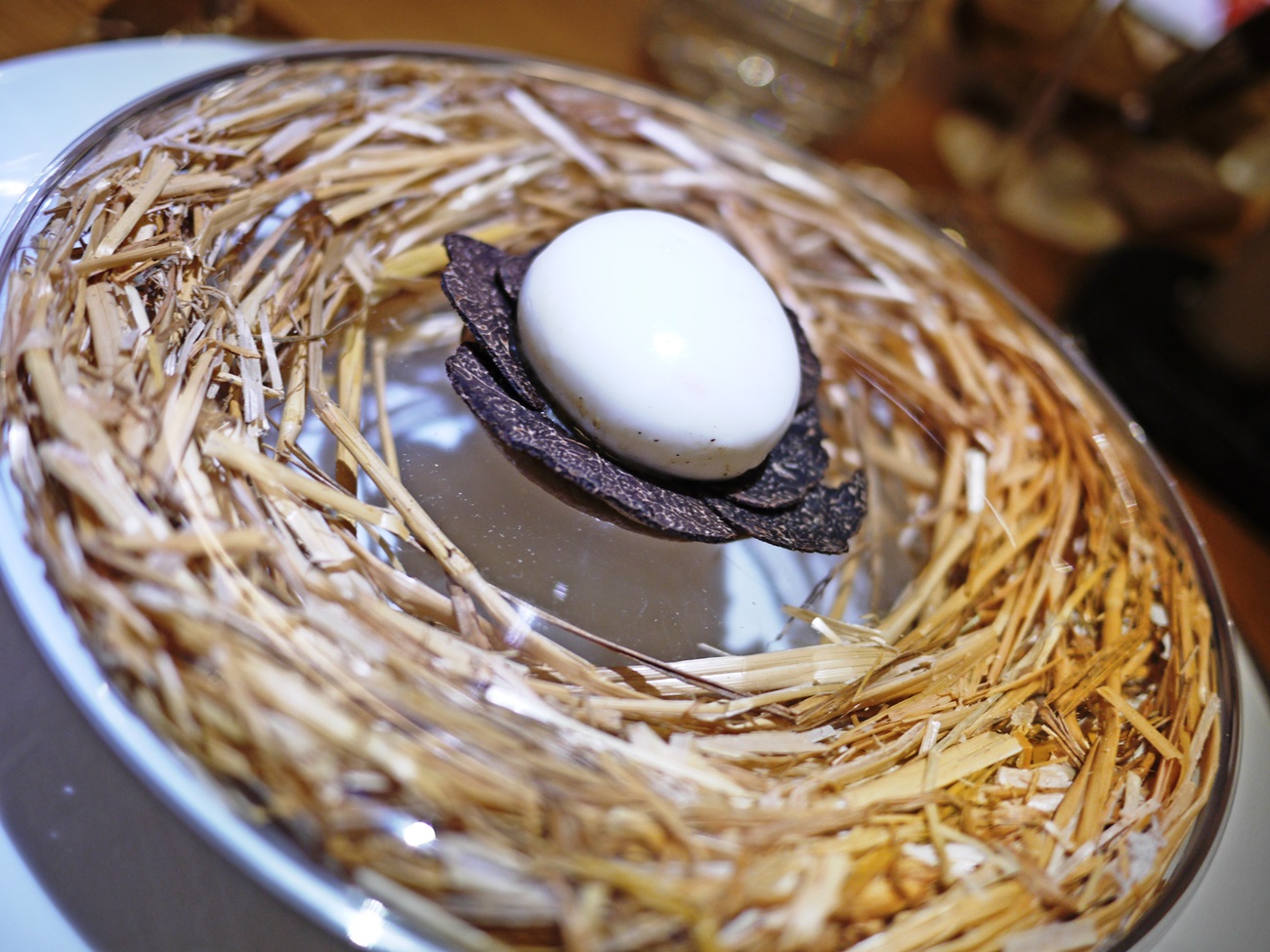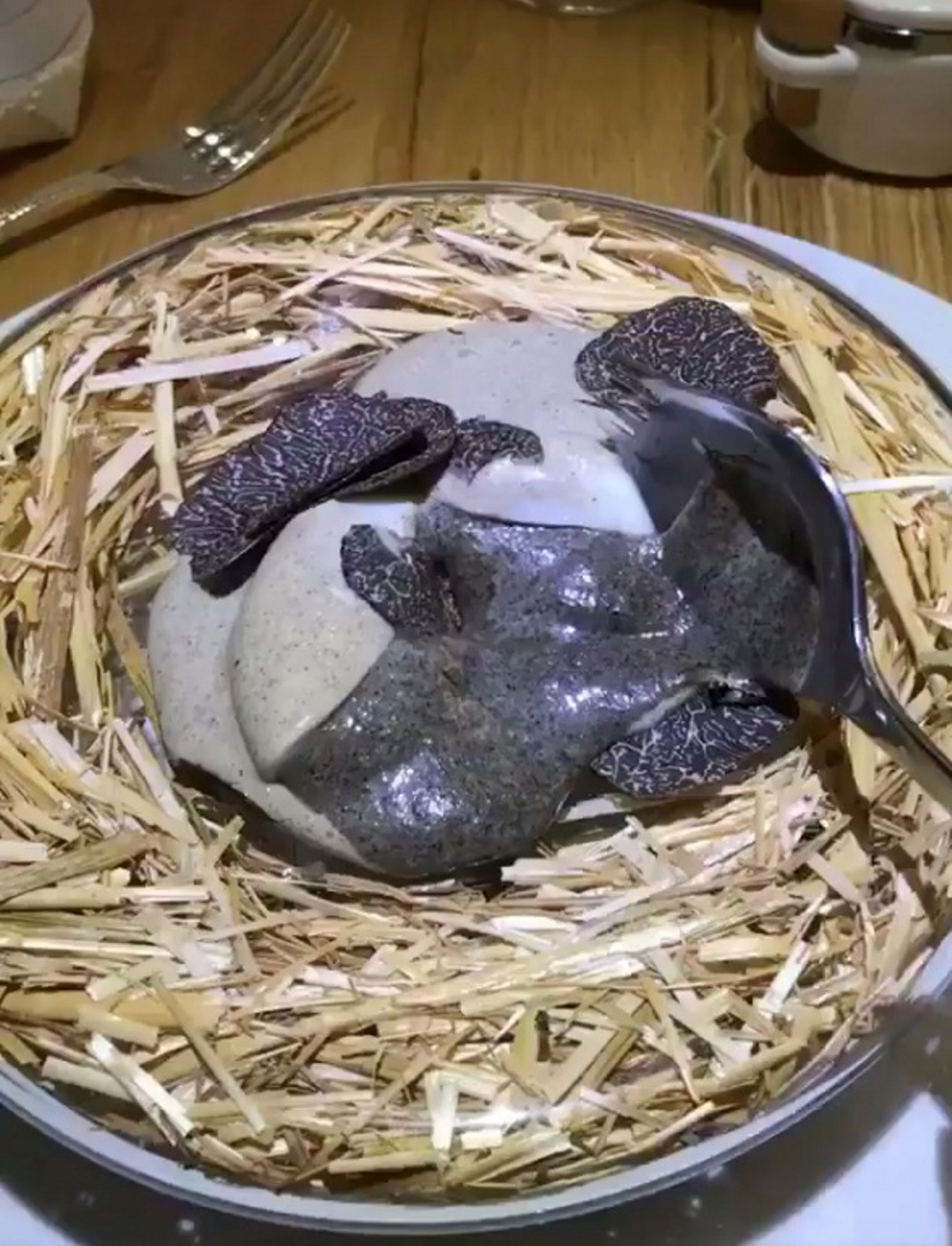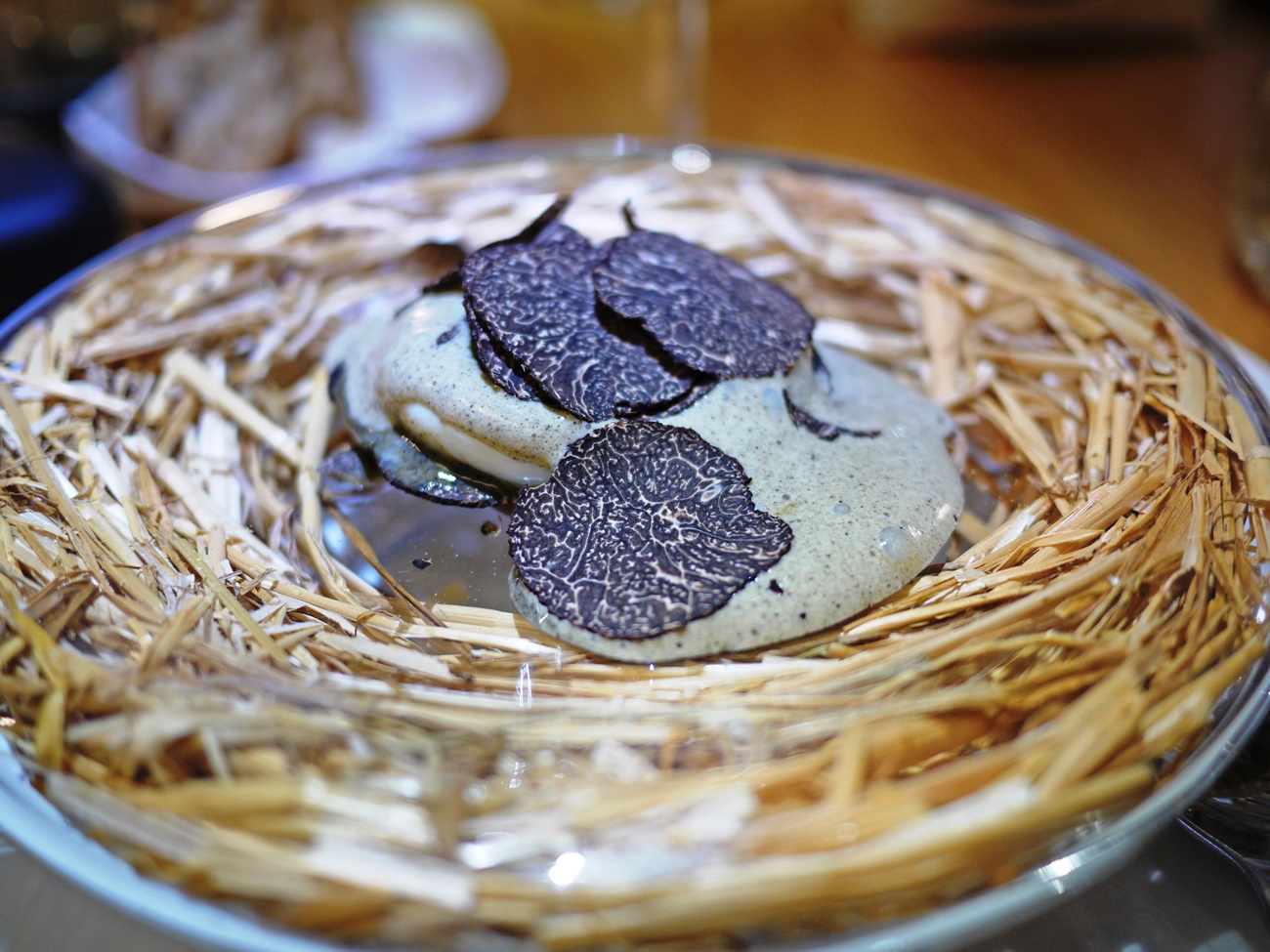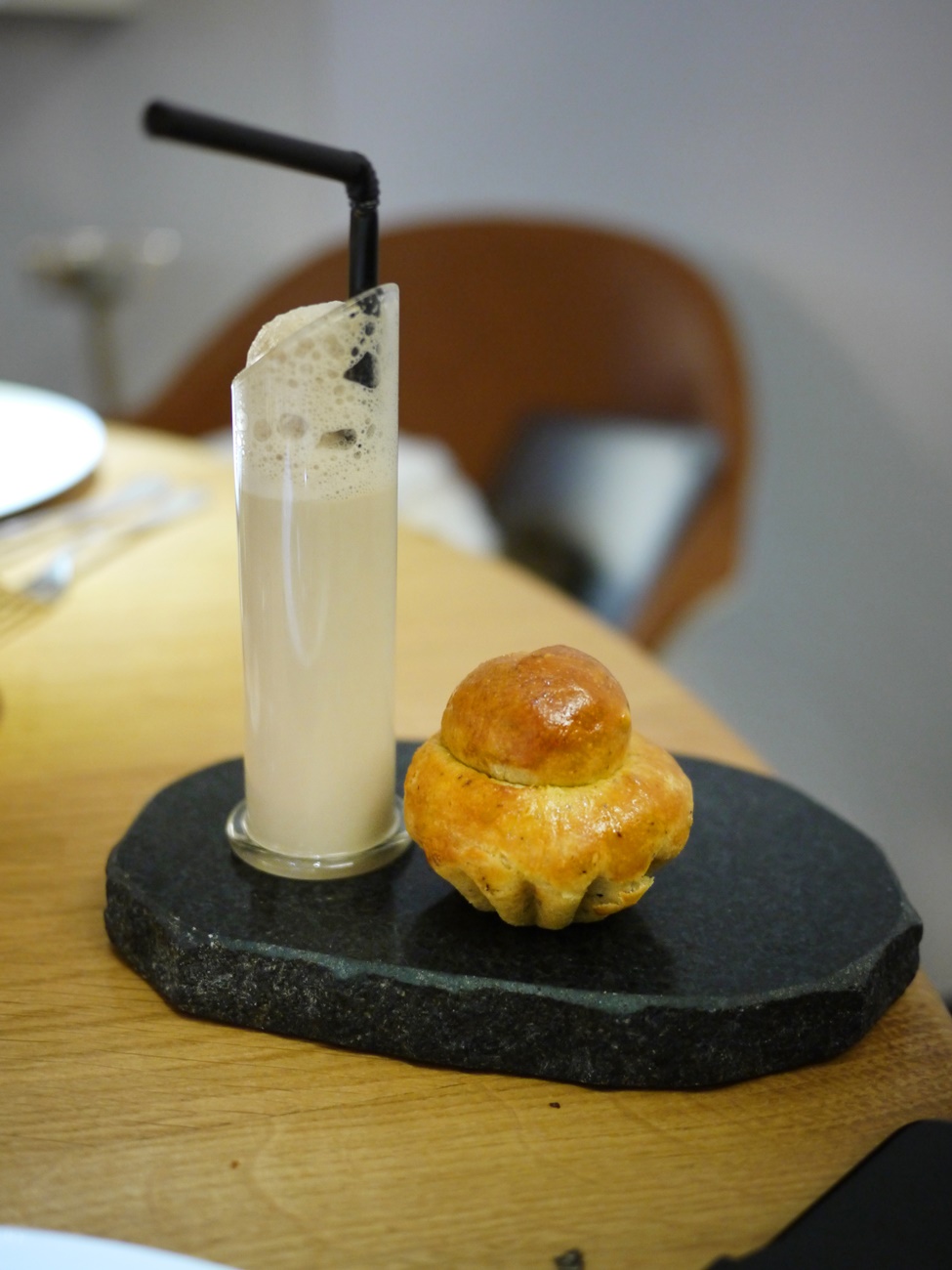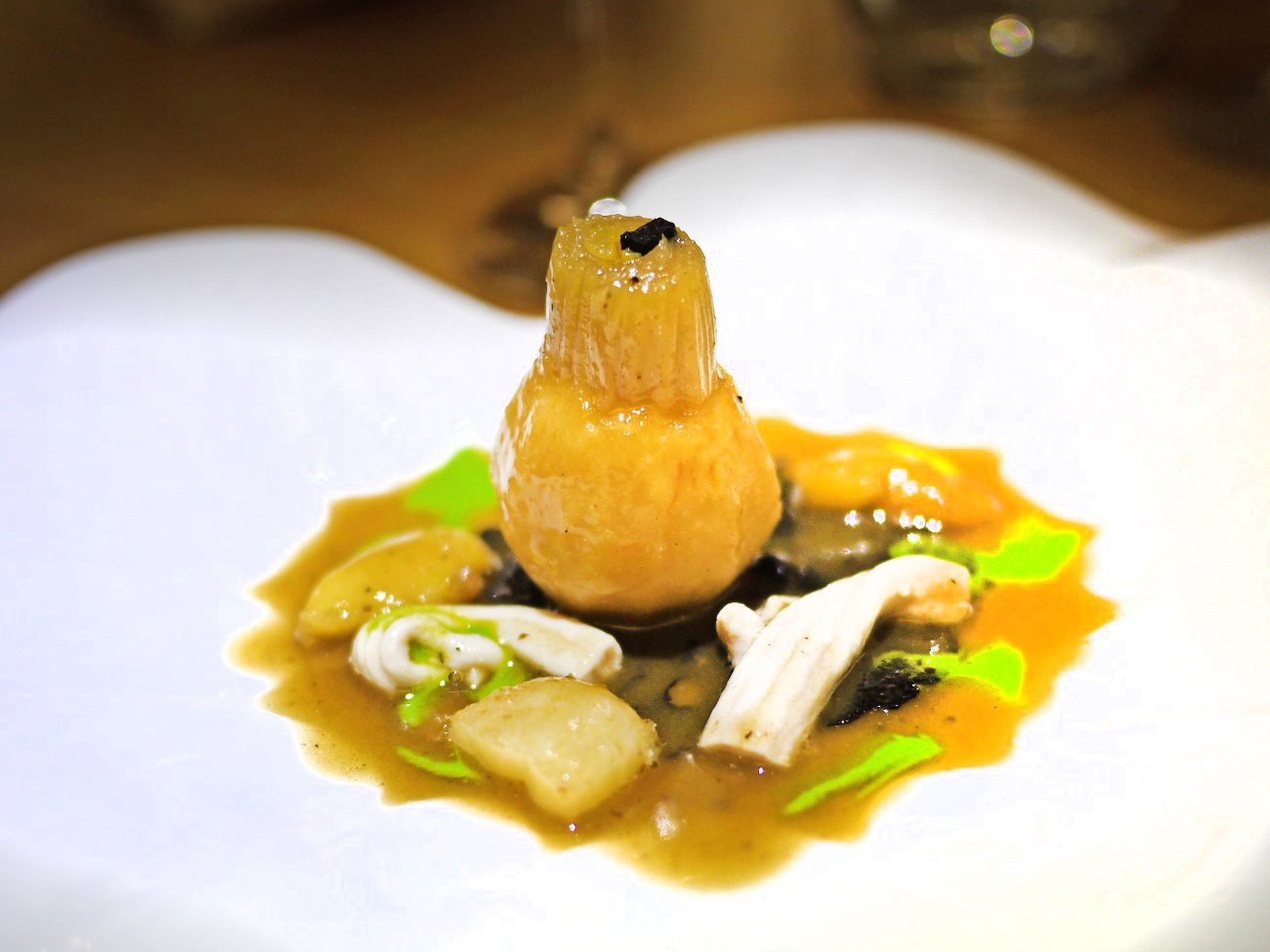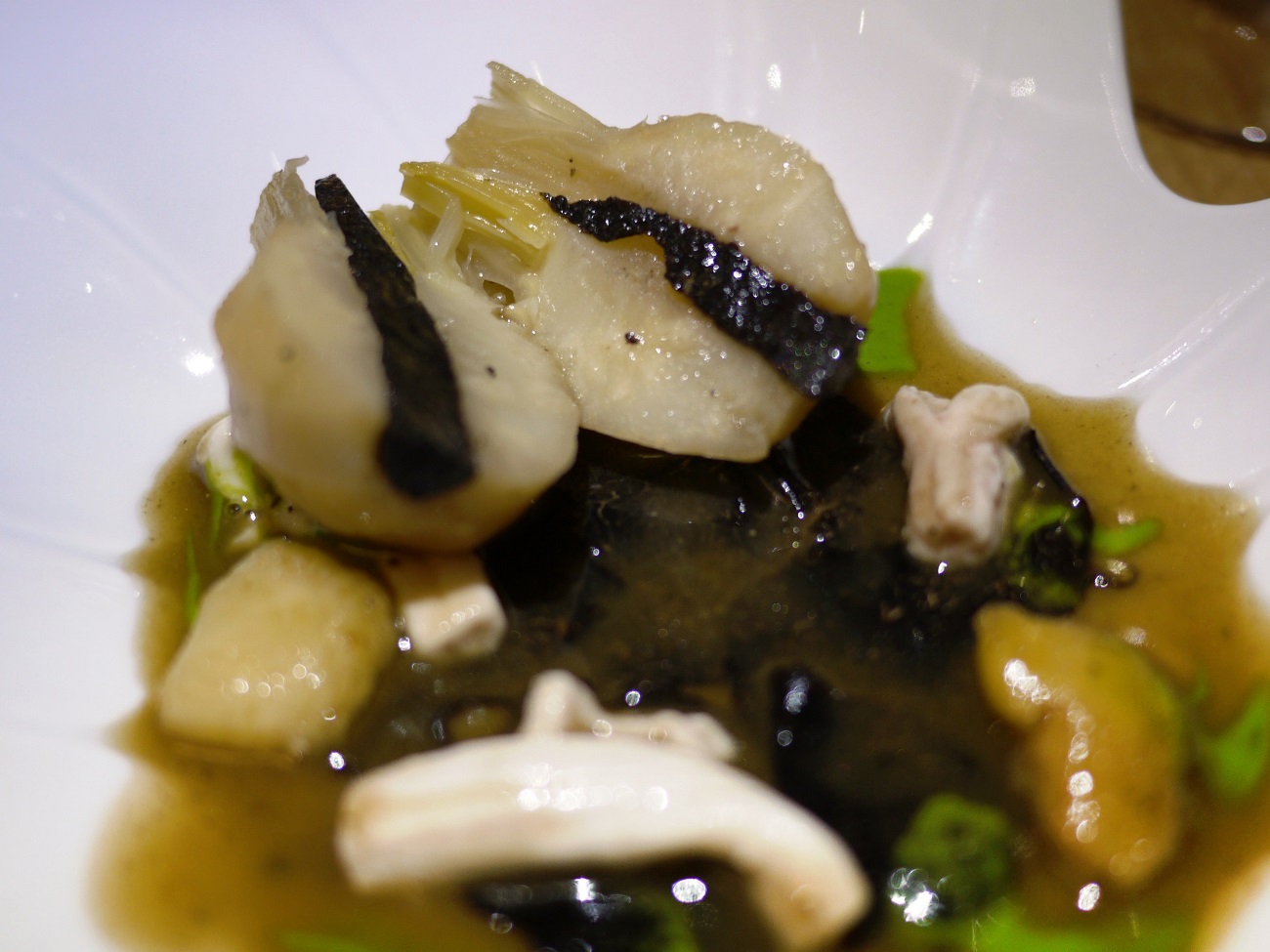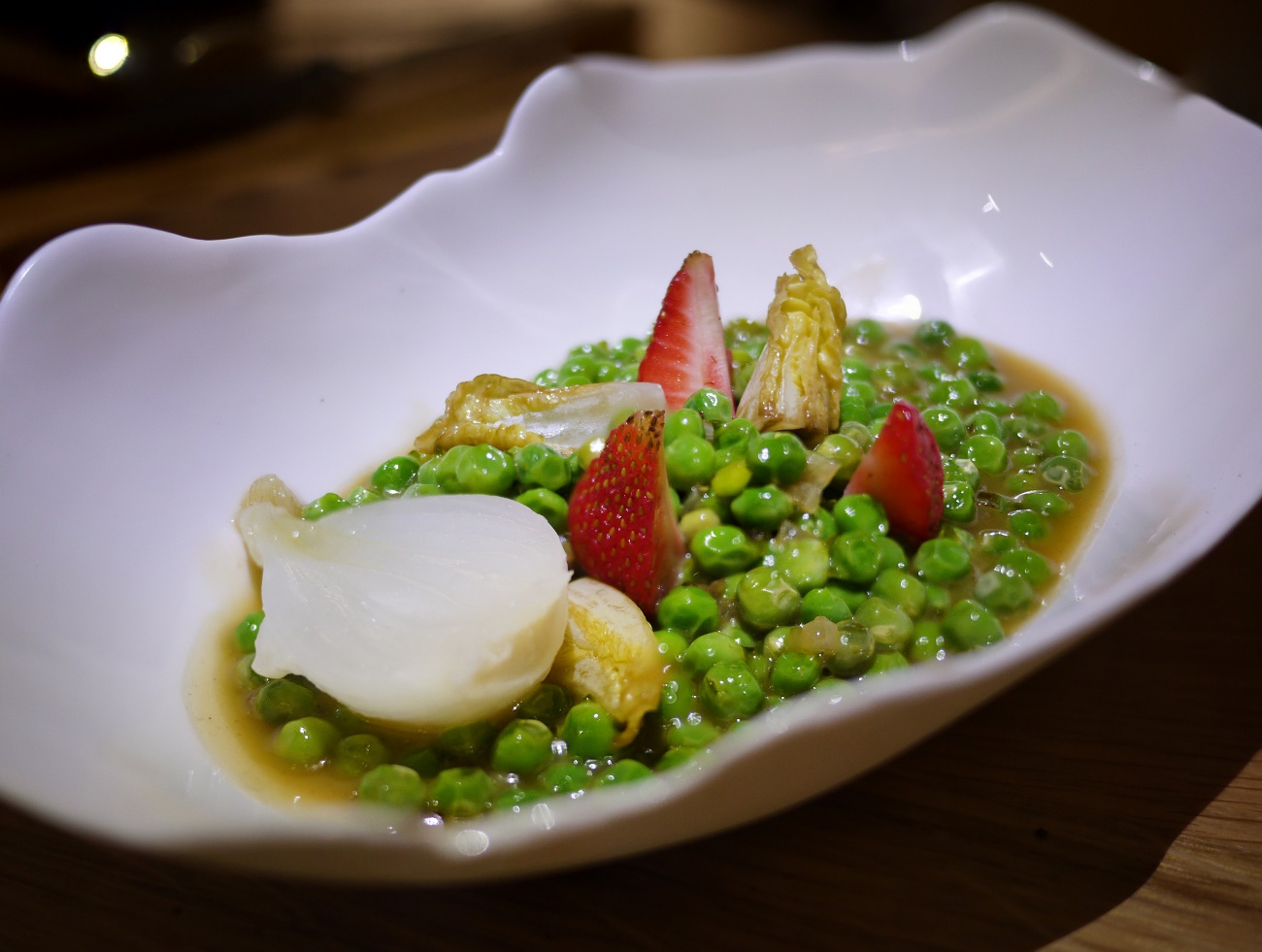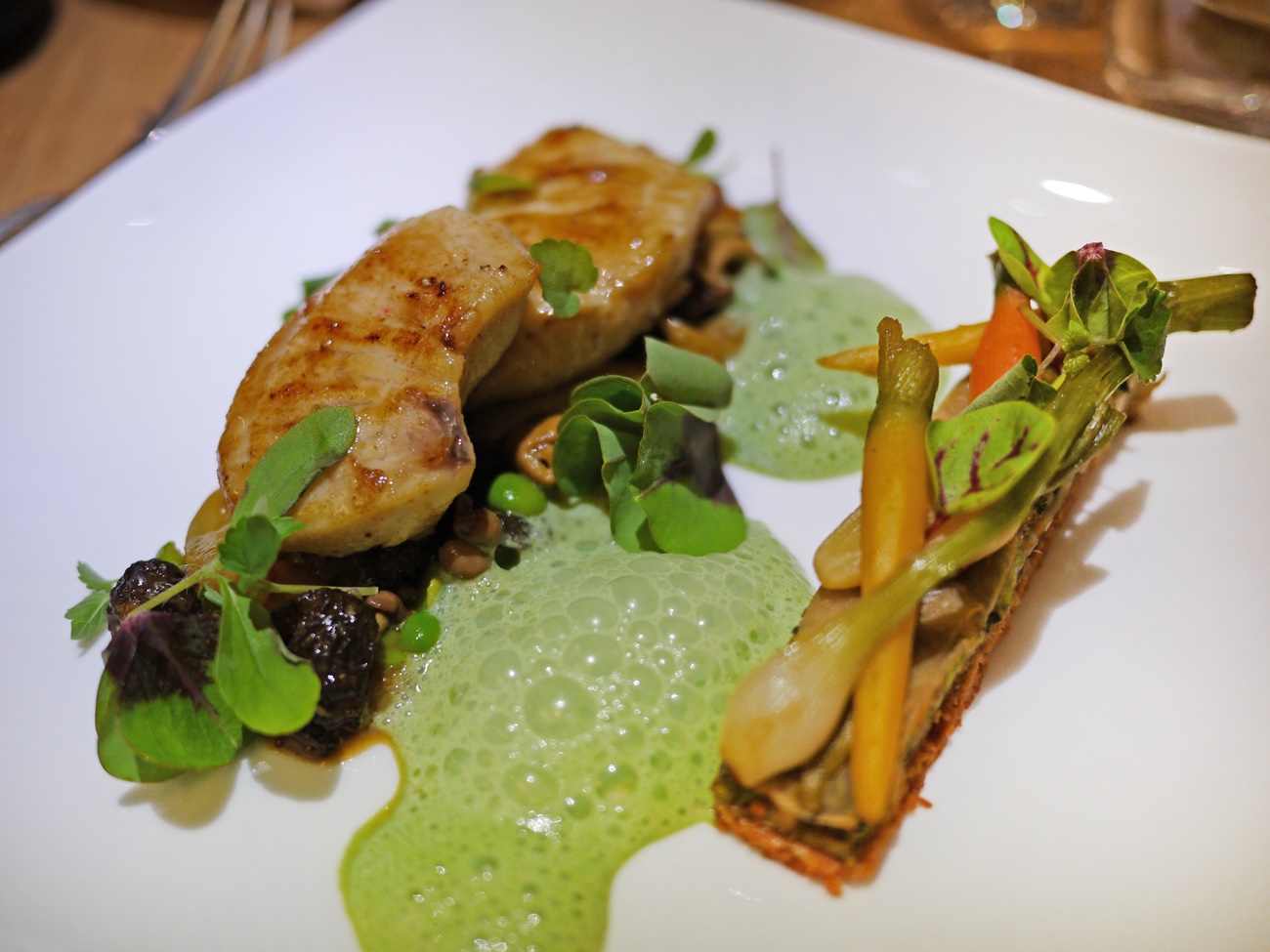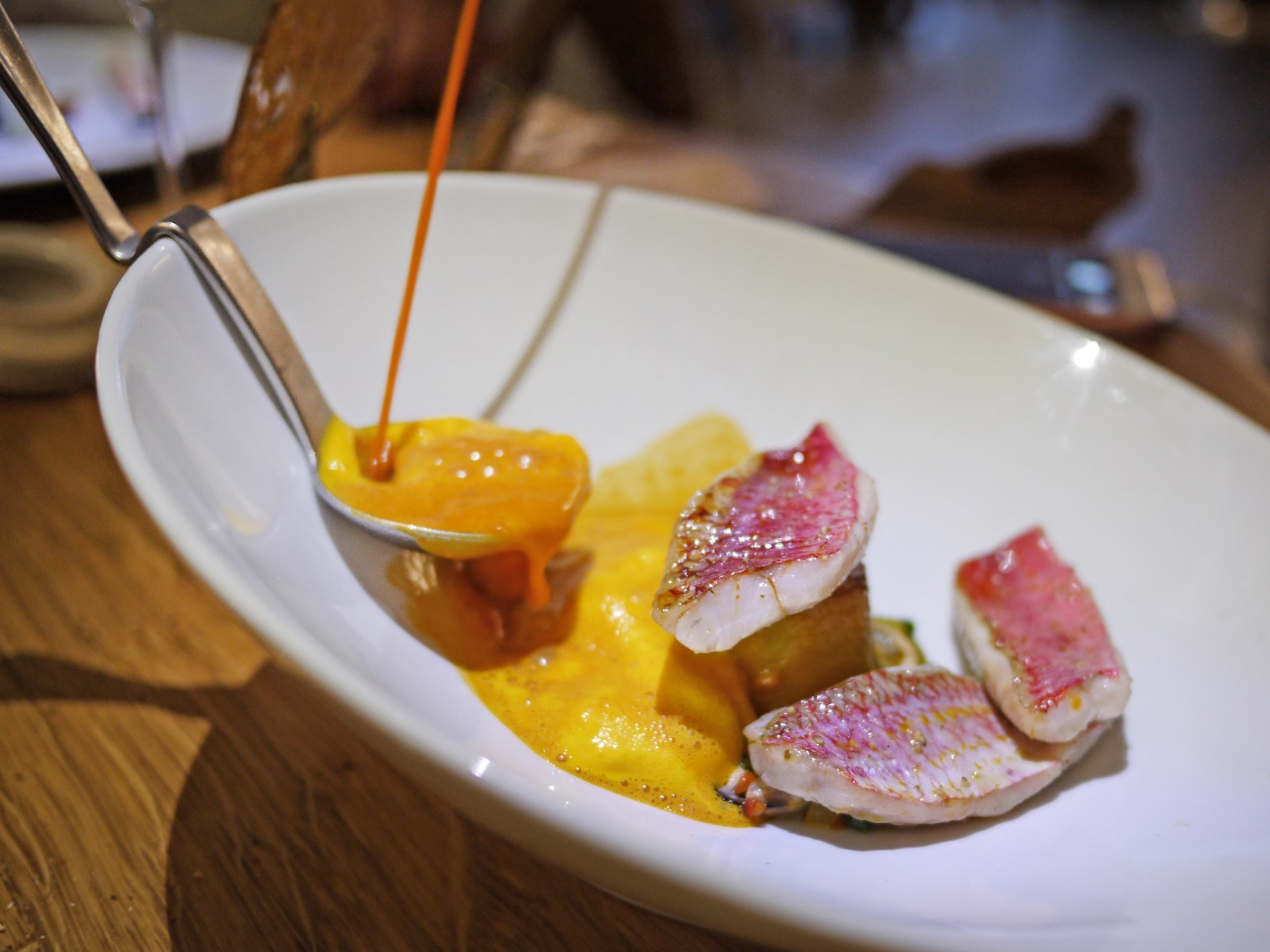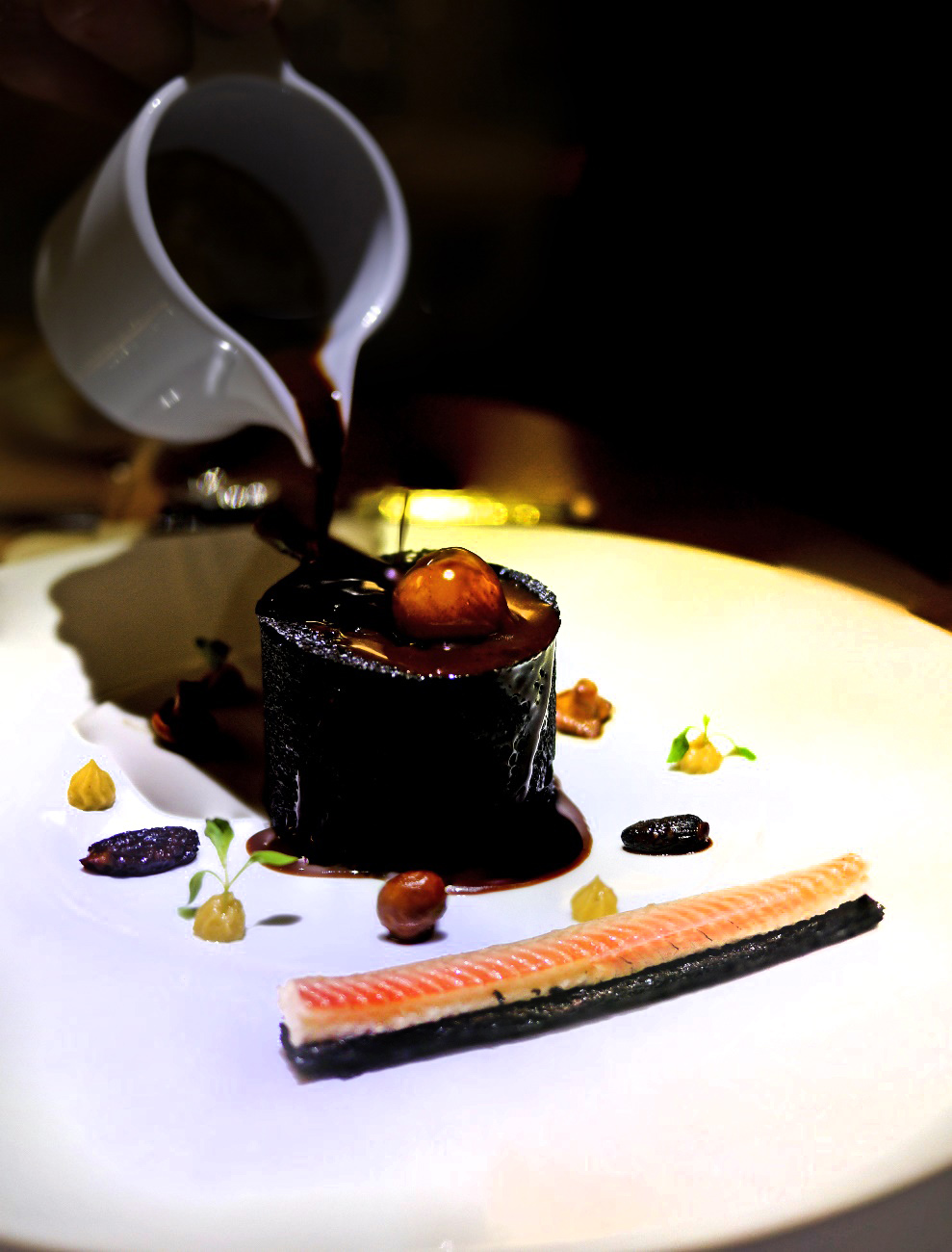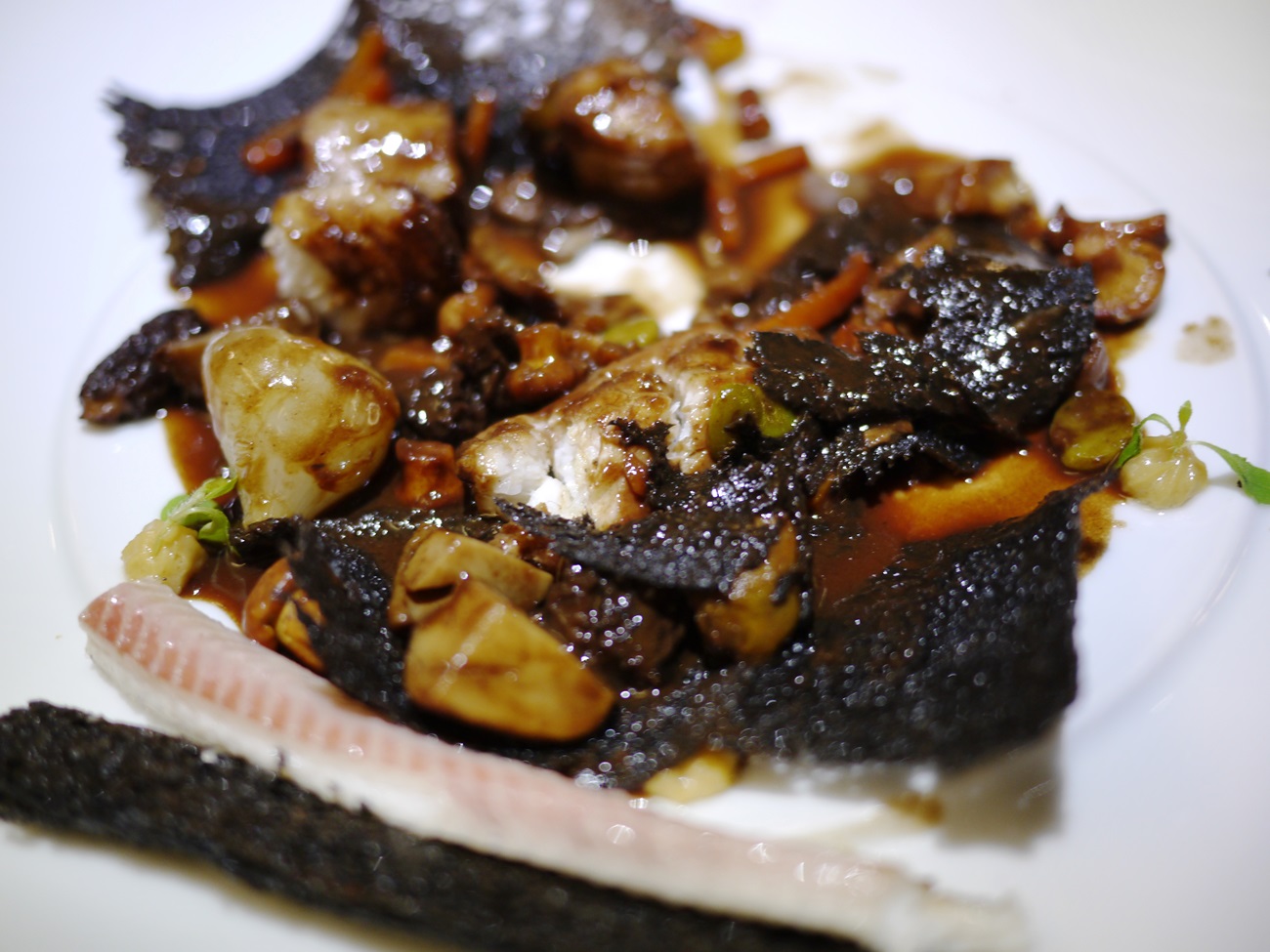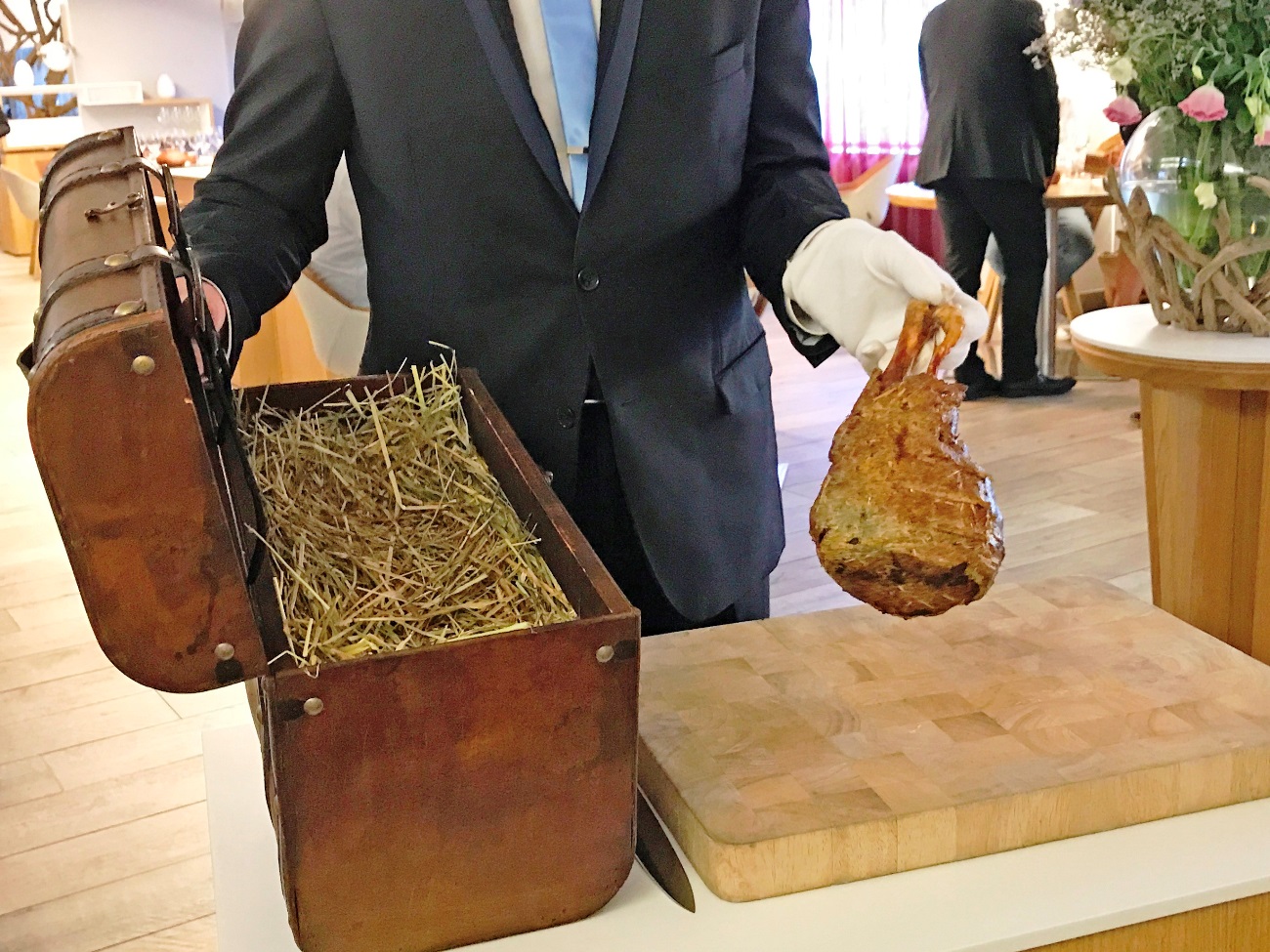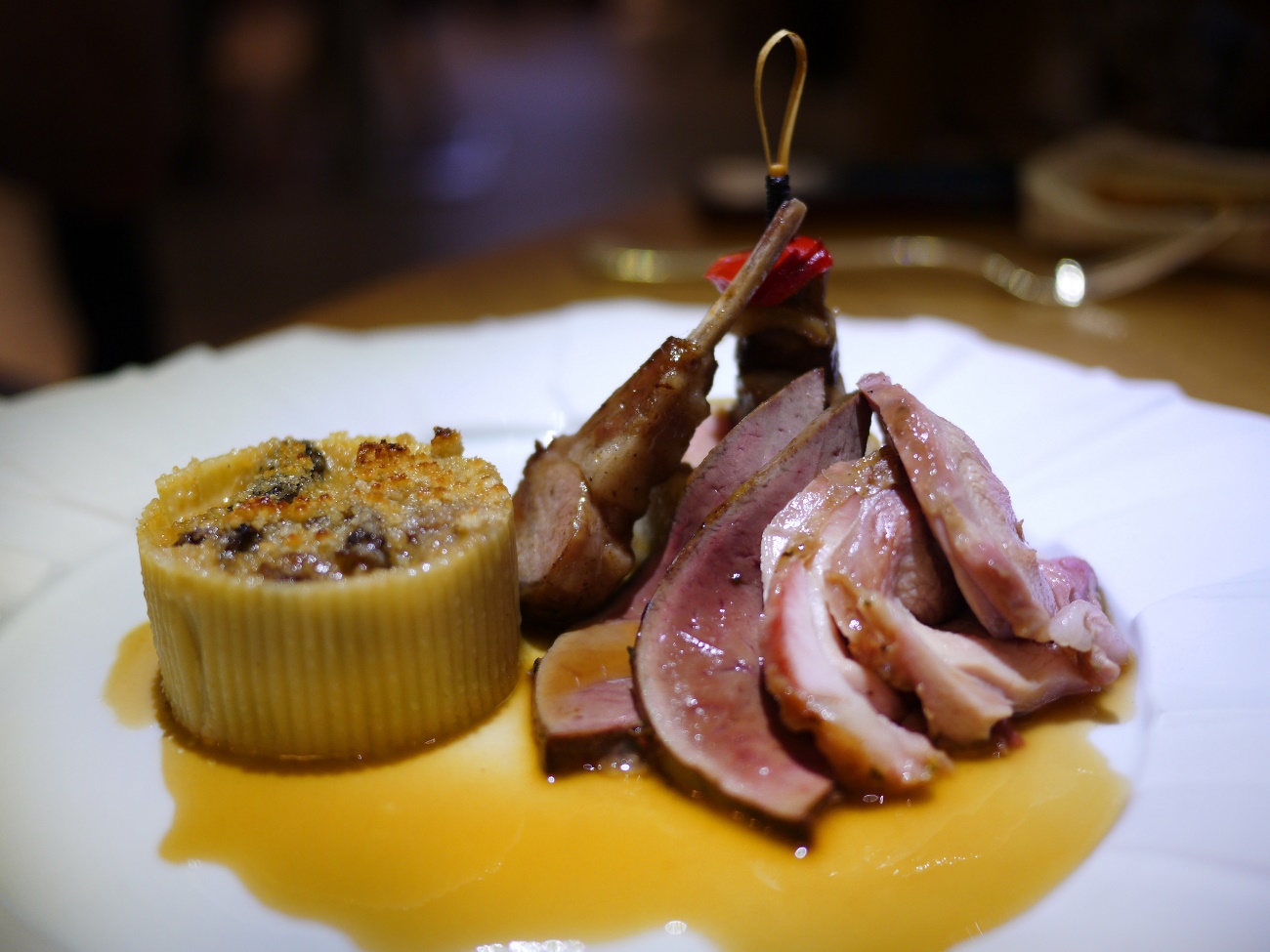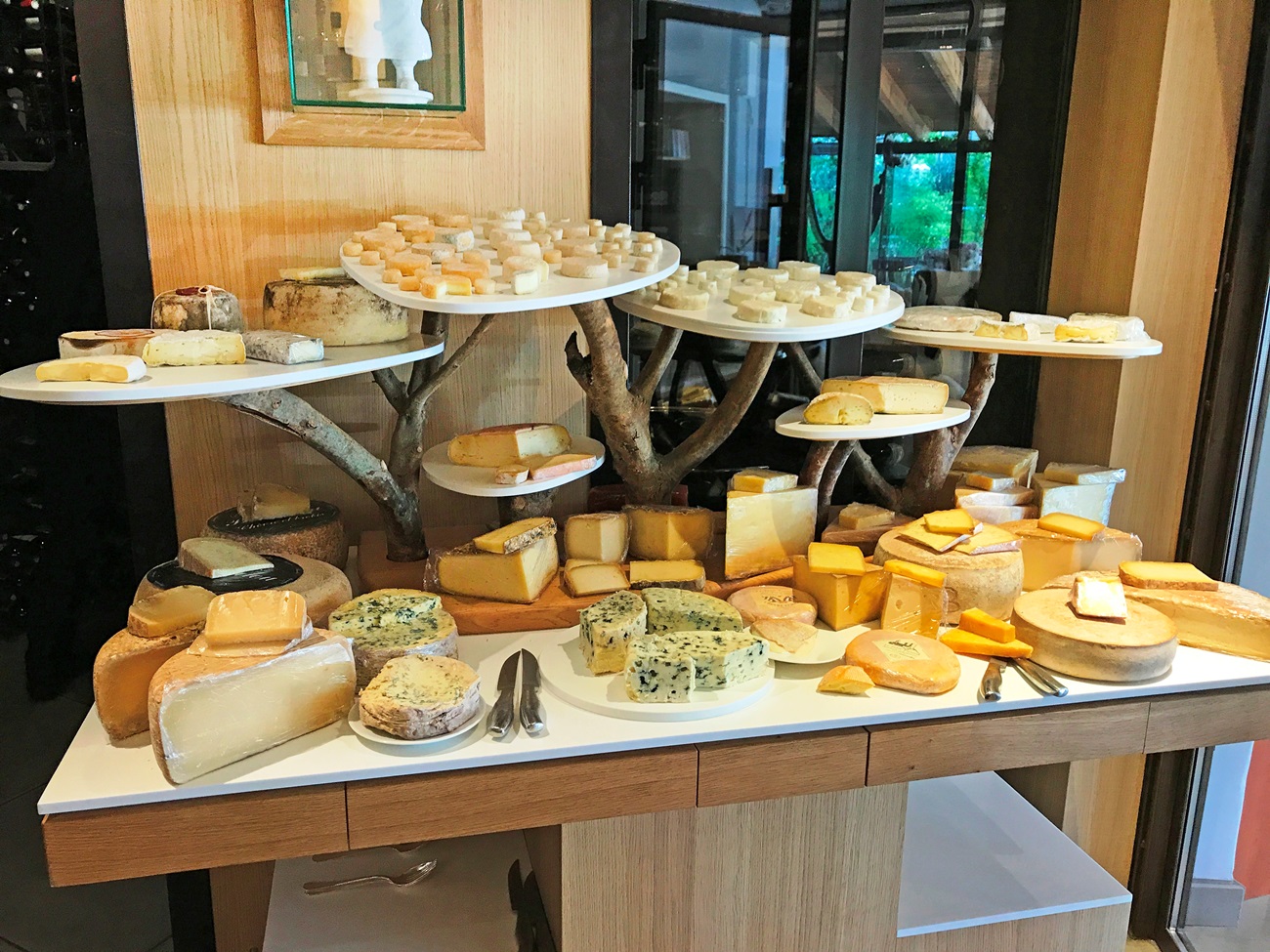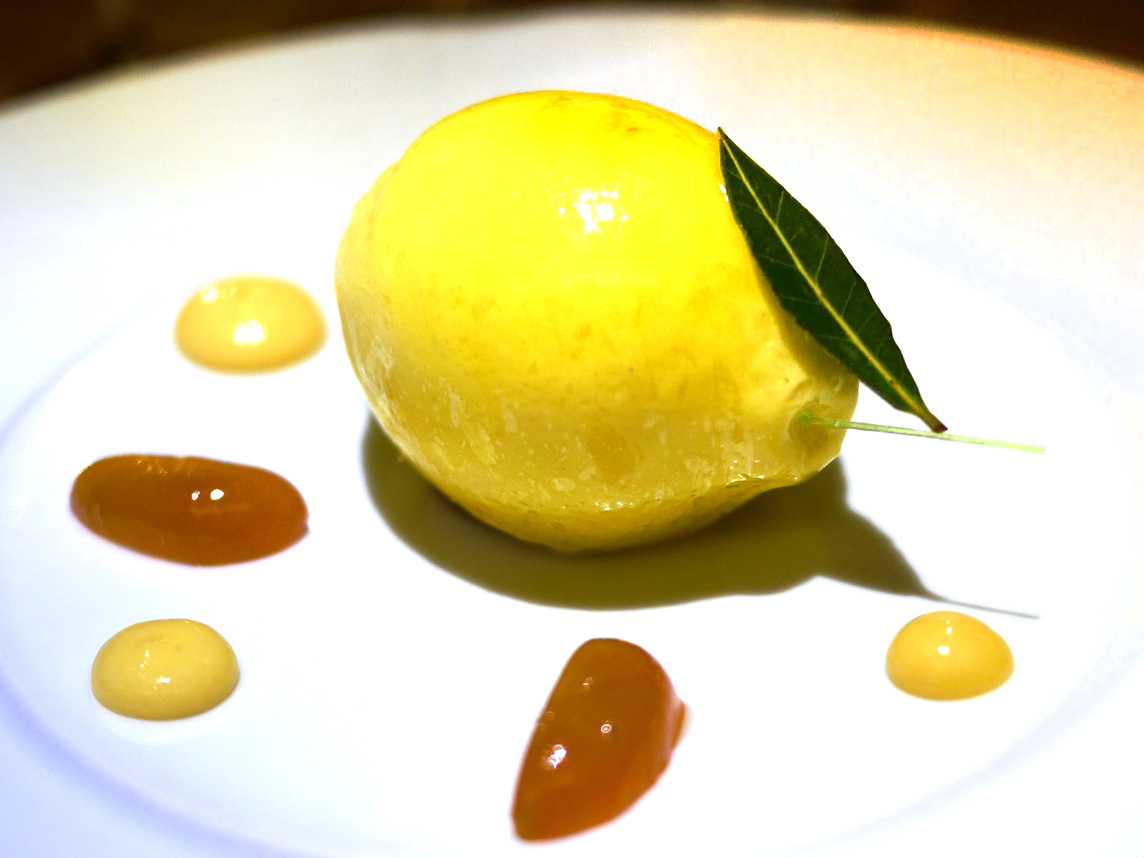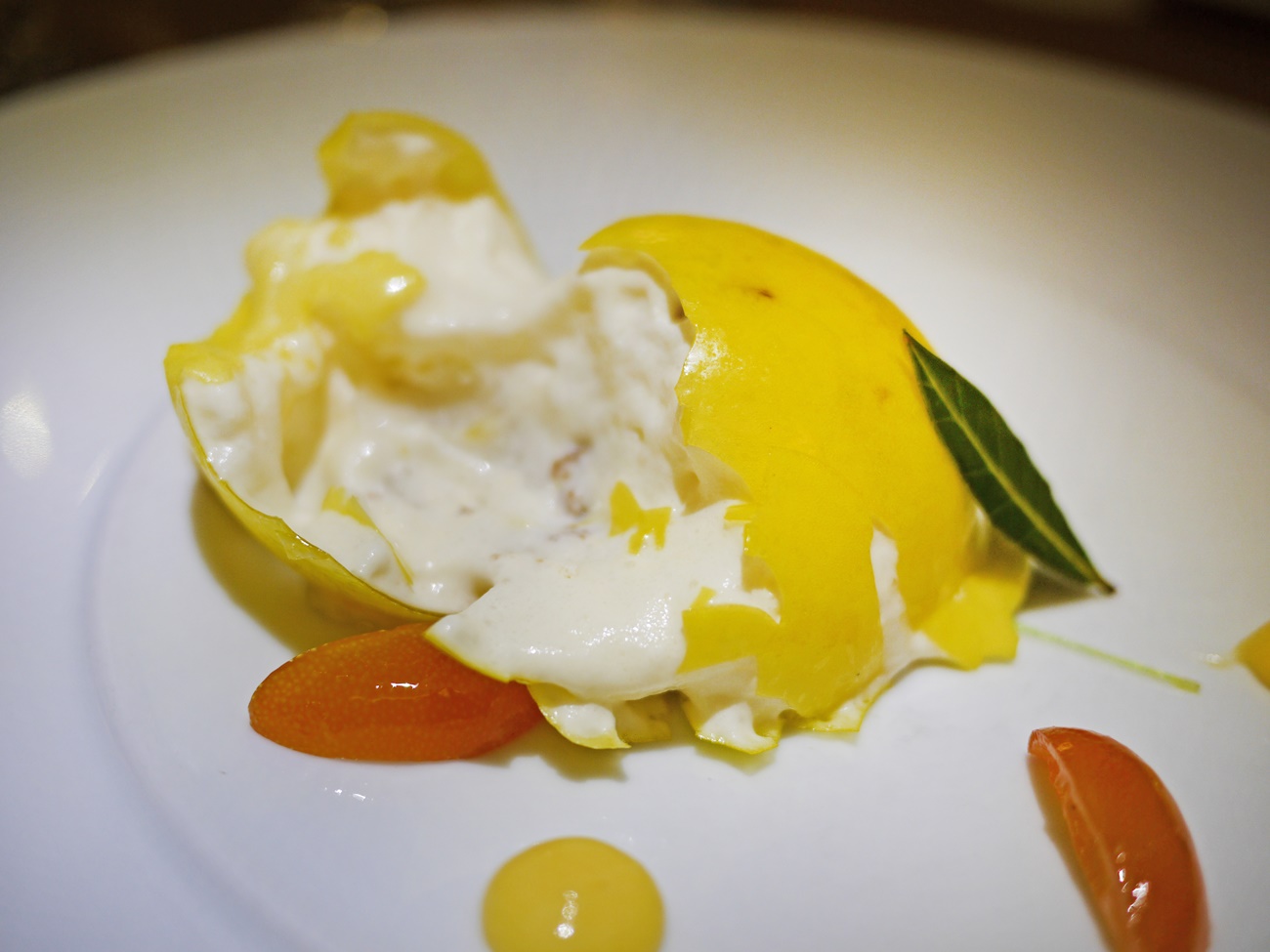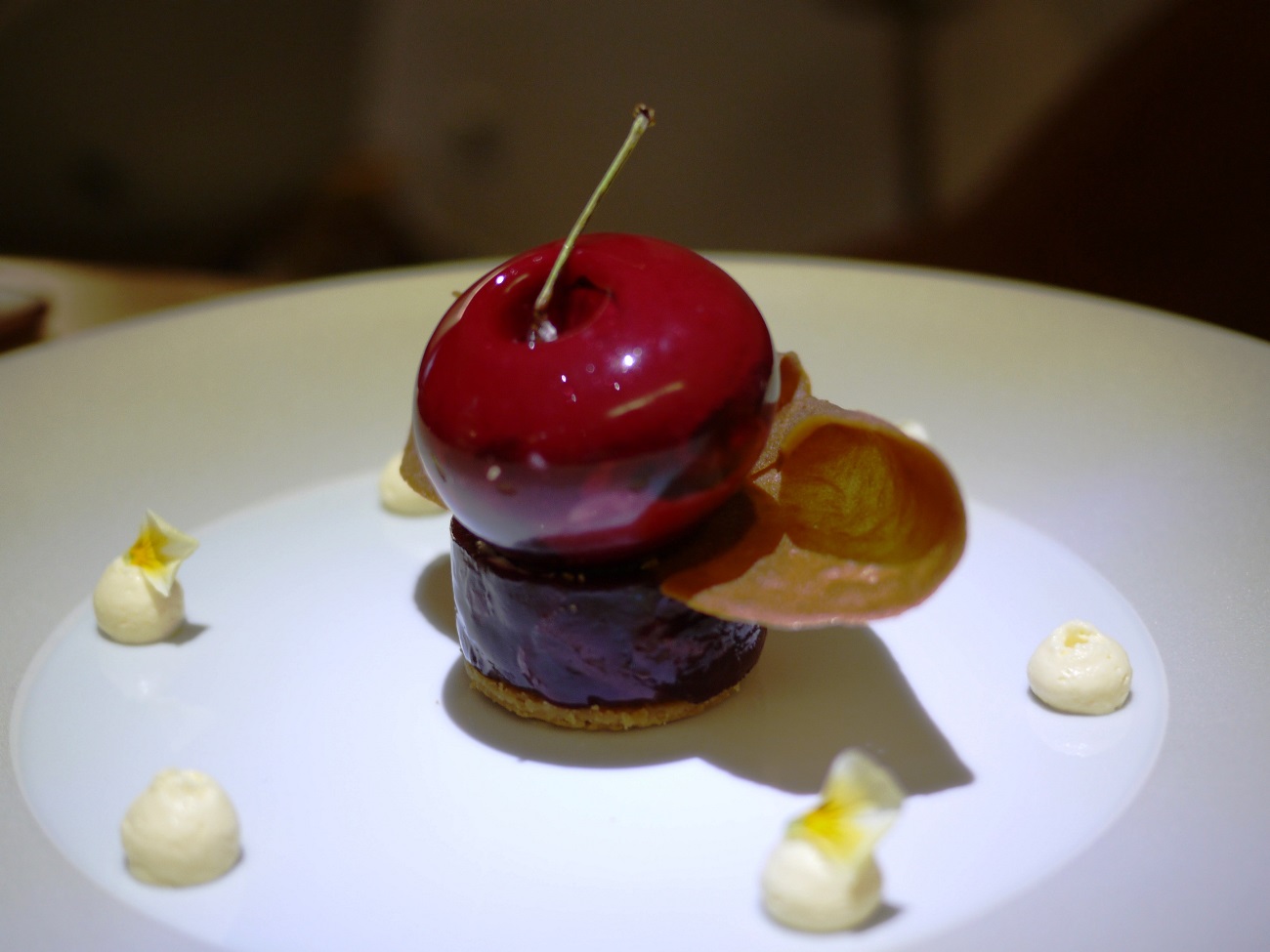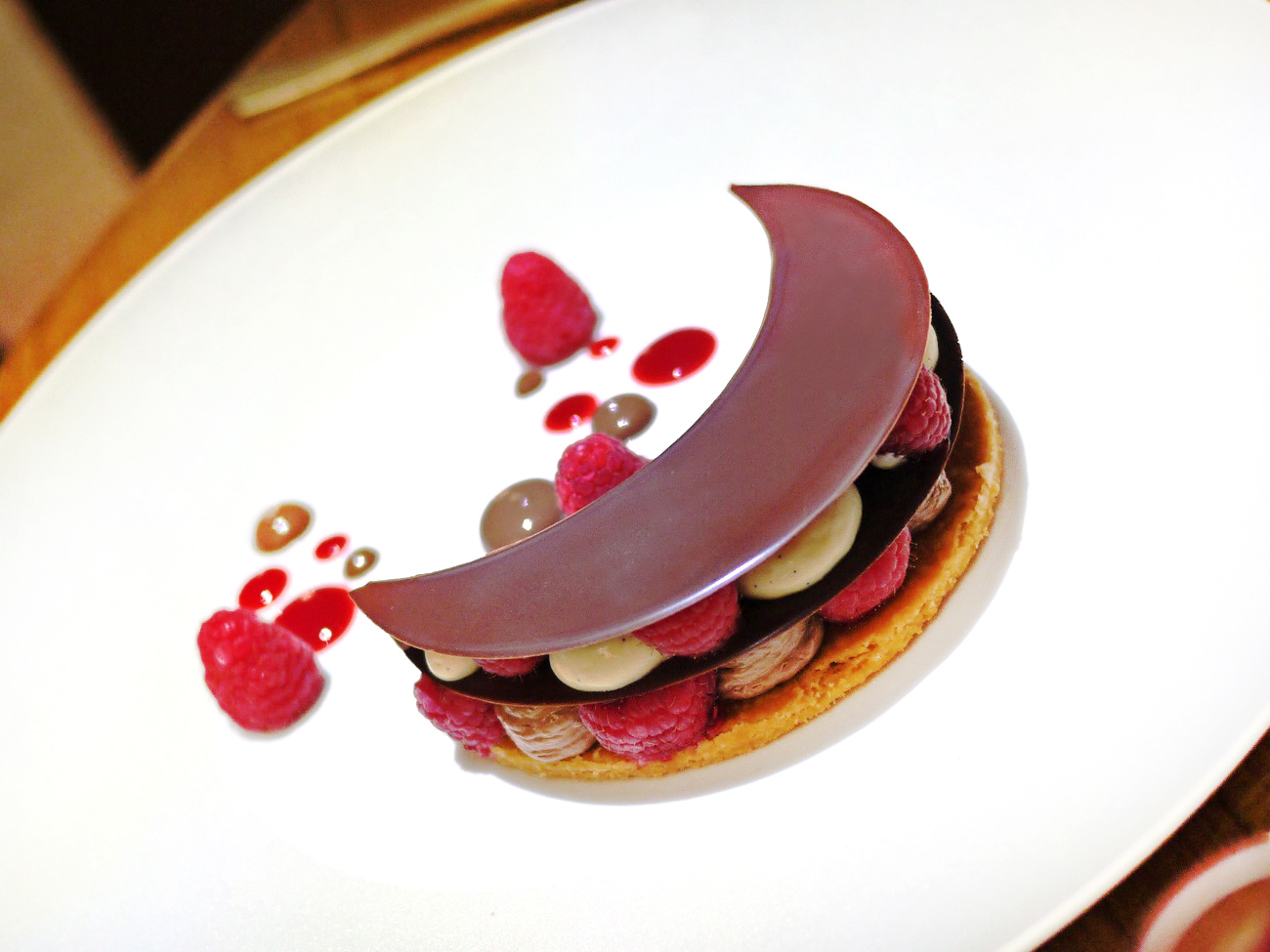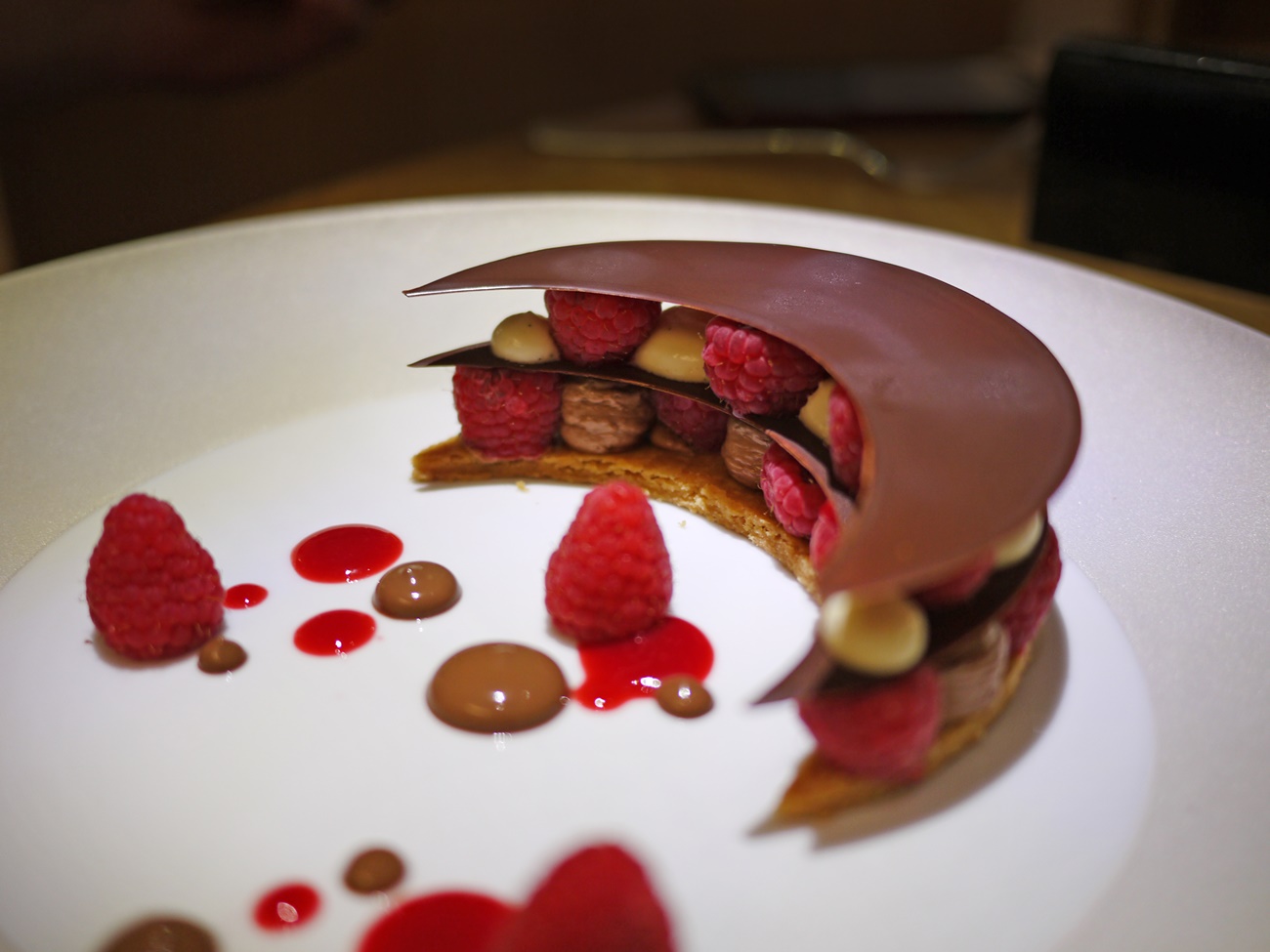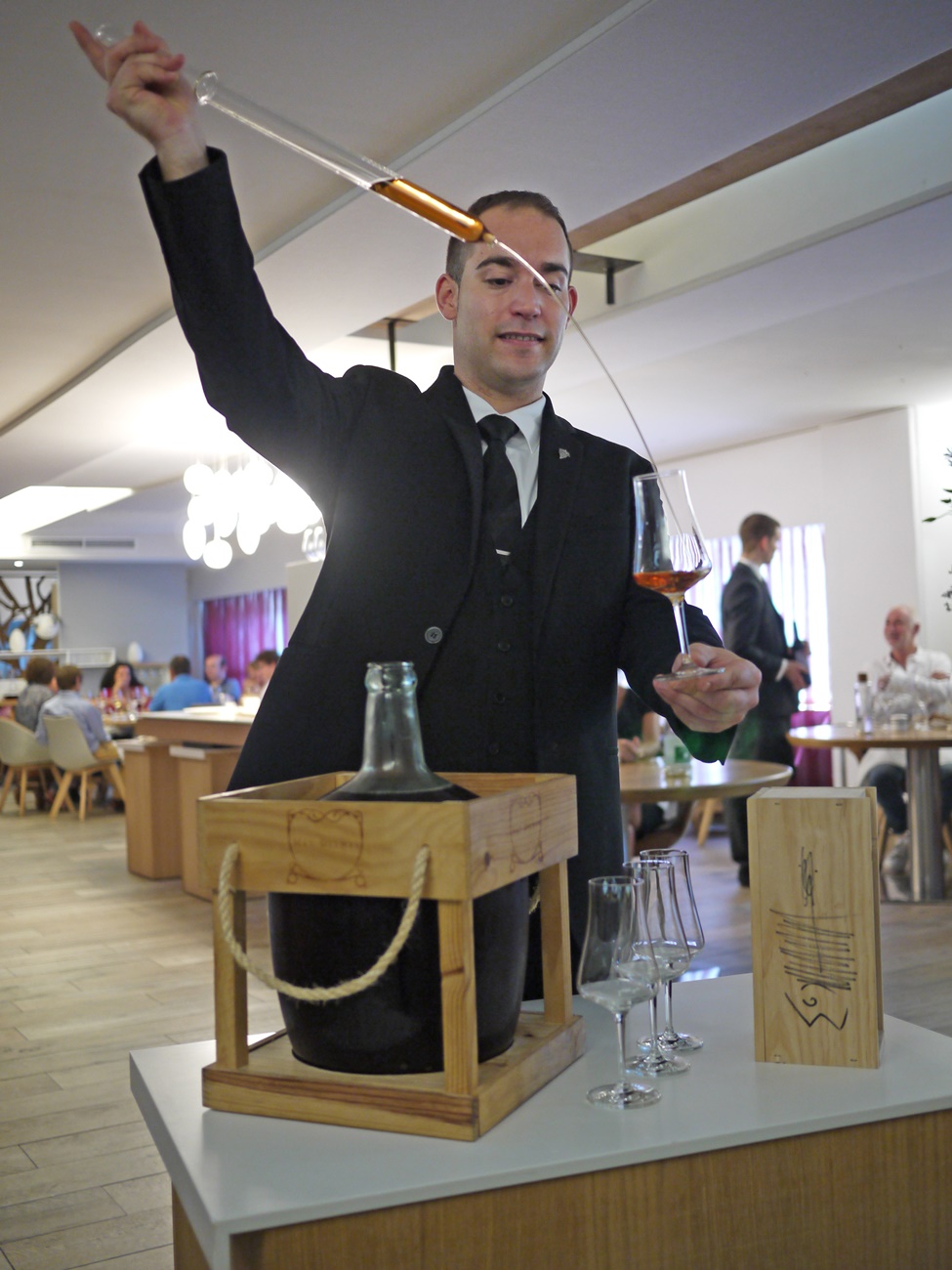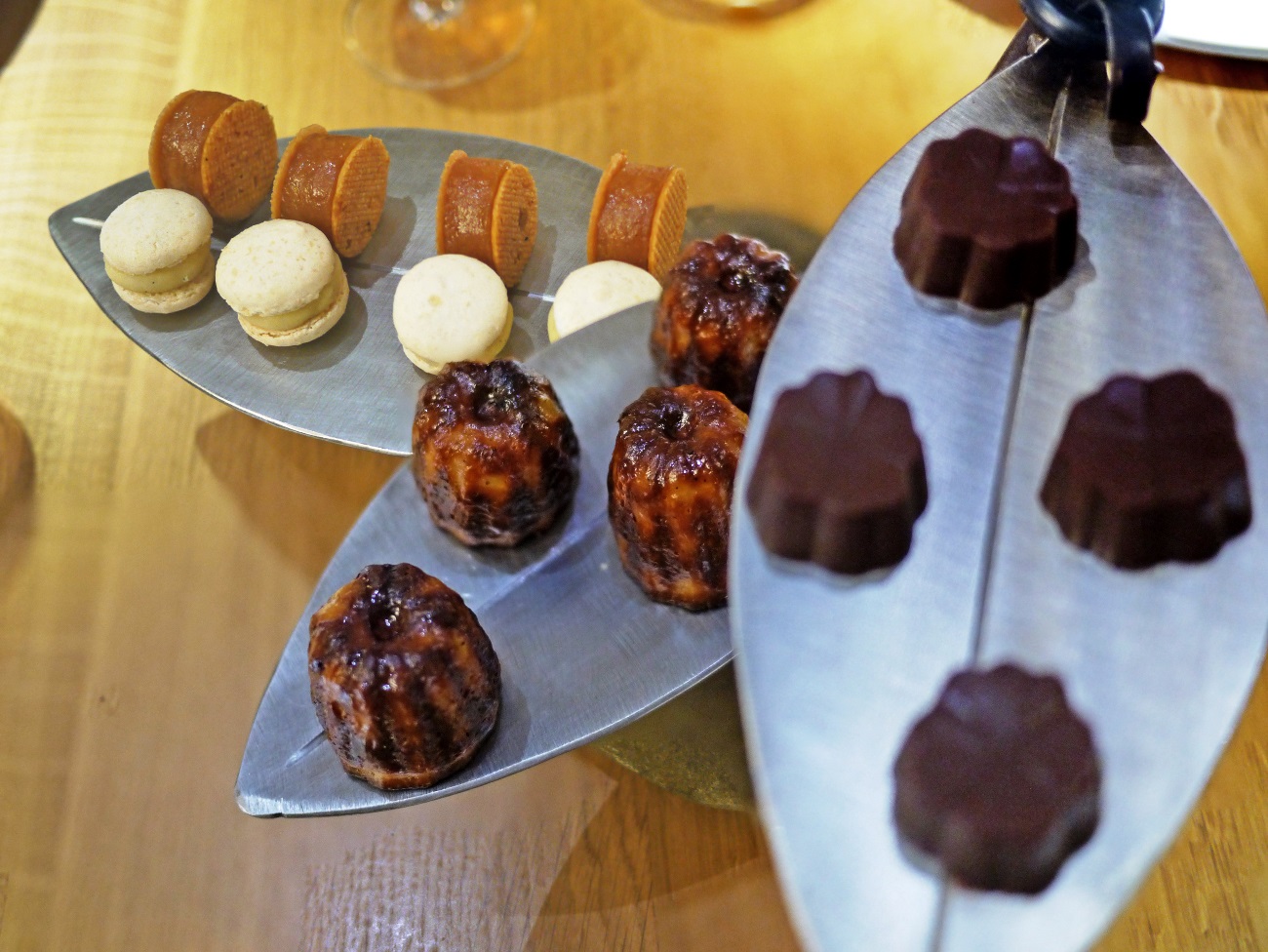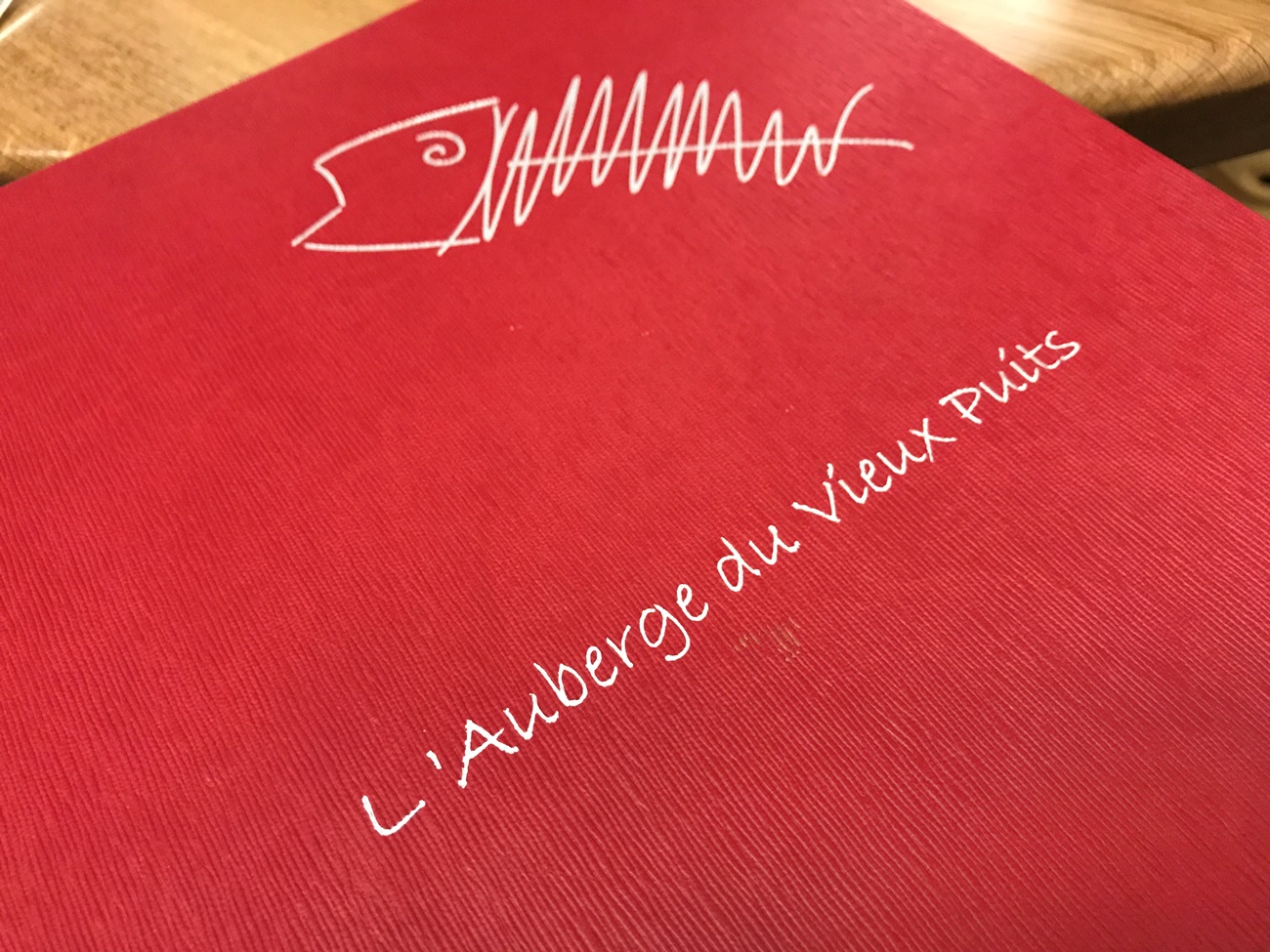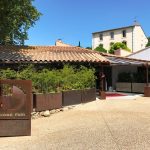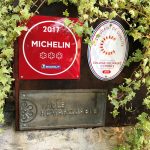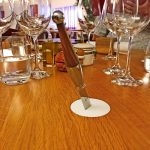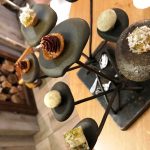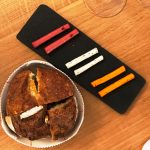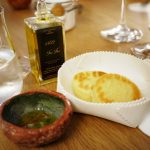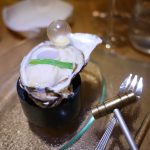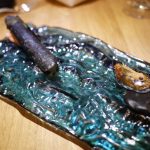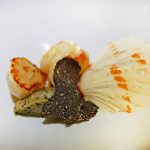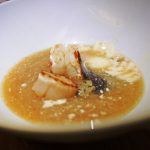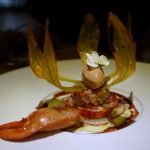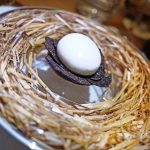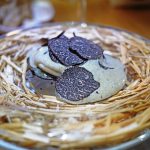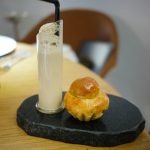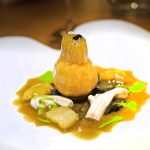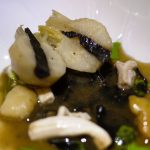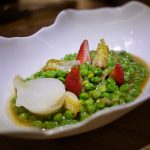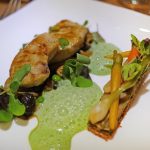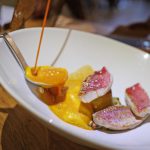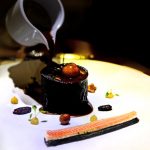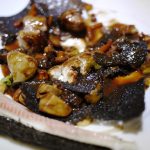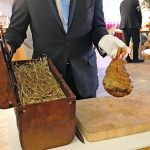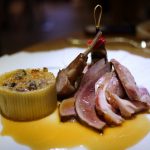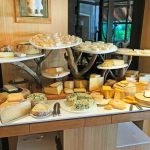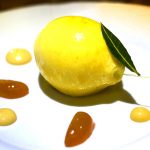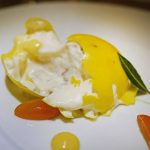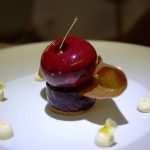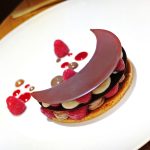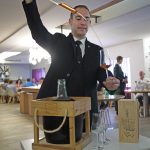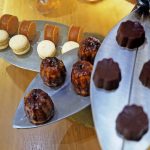Here we are at the most southern Michelin 3-star in France – almost at the Spanish border. Well, why not? After all, we’d done Regis Marcon , followed by Michel Bras, and this was just a natural progression of our intense “remote France 3-star” weekend. It would be the last port of call on our trip, and an interesting one. I’m pretty sure it’s a restaurant which isn’t on most foodies’ radar, since I hadn’t even heard of the name Chef Gilles Goujon until now.
The name of the restaurant translates as “The Inn of an Old Well”. It was first established 25 years ago, and since then it’s climbed through the ranks, attaining 1 star in 1997, a 2nd in 2001, and a 3rd in 2010. It’s a reasonable guess that it’s a seafood-oriented cuisine as it’s very close to the Mediterranean Sea. I’d expected very old-school cooking from a restaurant that goes back so far, and which seems disconnected from the rest of the world, but, so much for preconceptions! I was completely wrong. In fact, our lunch was crammed with innovative ideas. The knife embedded in the table was clever enough, but there were many more surprises, such as spotlights above each diner that switched on whenever food arrived and an extremely contemporary menu design – which was like a metaphor for the menu itself.
As we were a group of four, we decided – as we quite often do – to share lots of items from the a la carte menu. The meal was clearly intended as a showcase for modern cooking techniques, and began with an oyster in its shell, accompanied by a small hammer to add a theatrical touch. Basically, you pop open the tiny shell, made from sugar, releasing a smoky fragrance that complements the oyster. The mussel and razor clams were also both fun. They were served on their shells, which were actually edible as they were made from crispy seaweed to mimic the look of the shell. Another example of their innovative approach here was the “truffle egg” – what looked like an ordinary egg was actually filled with truffle cream instead of yolk. It must have been a technically challenging dish to make, so they get marks for skill, but I’m afraid the result was way too rich to be eaten alone.
Chef Gilles was clearly not afraid to try new combinations – scallop in liquorice broth, for example, or strawberries with peas! Both were imaginative attempts at being different, but neither were really to my taste – I’d have enjoyed the high quality of the scallop more without the bitterness of the liquorice, and the freshness of the peas would have worked better without the sourness of the strawberries! Having said that, the “drunken eel” course was probably one of the best eel courses I’ve have had for a while – an eel pie with wild mushrooms smothered with eel sauce and served with a slice of eel poached in wine.
The quality of the seafood was probably about as good as you’ll find anywhere in France, and it was cooked to perfection. The moist lobster claw, the tender lobster tail, the delicate eel – they were all delicious. In fact, they were among the best seafood dishes I can remember. However, although the red prawn used in the scallop course was good, it didn’t didn’t quite match up to those I experienced at Quique Dacosta (Michelin 3-star in Spain). That experience taught me what the world’s best red prawn should really taste like!
To complete our tasting session, we ordered a meat course of roast goat leg. . . big mistake! It was boring and dry, a real let-down compared with the expectations formed by all the great seafood we’d just had.
As expected, the dessert was very sophisticated, making full use of “blown sugar” techniques. Both the “lemon” and the “cherry” were fun to look at, as well as delicious to eat. There was nothing at all substandard in the dessert – in fact, quite the contrary, as they’d used lemon from Menton (which reminded me of another great restaurant – Mauro Colagreco’s Mirazur while the crescent of the Peruvian chocolate dessert was simply a work of art, demonstrating the precision skills of the kitchen team.
Overall, some combinations were a little too bold for me, but that’s not to say I didn’t love the experience. After all, if no-one tried to innovate, food would always be prepared and cooked the same way. Life, in other words, would be very boring! So if you’re a seafood lover, and have an experimental streak in you, this is the place to visit. Just remember to avoid the meat course!
